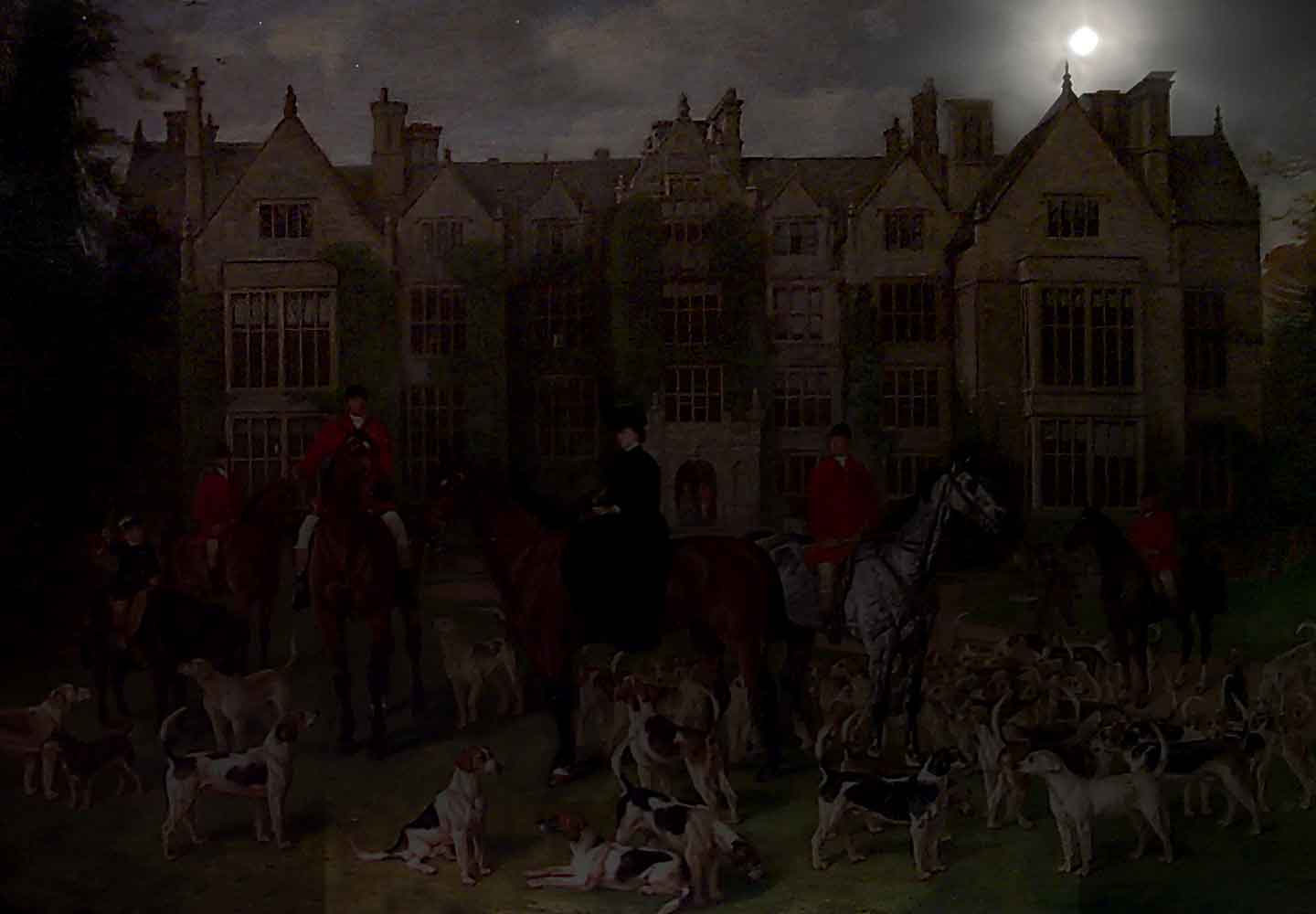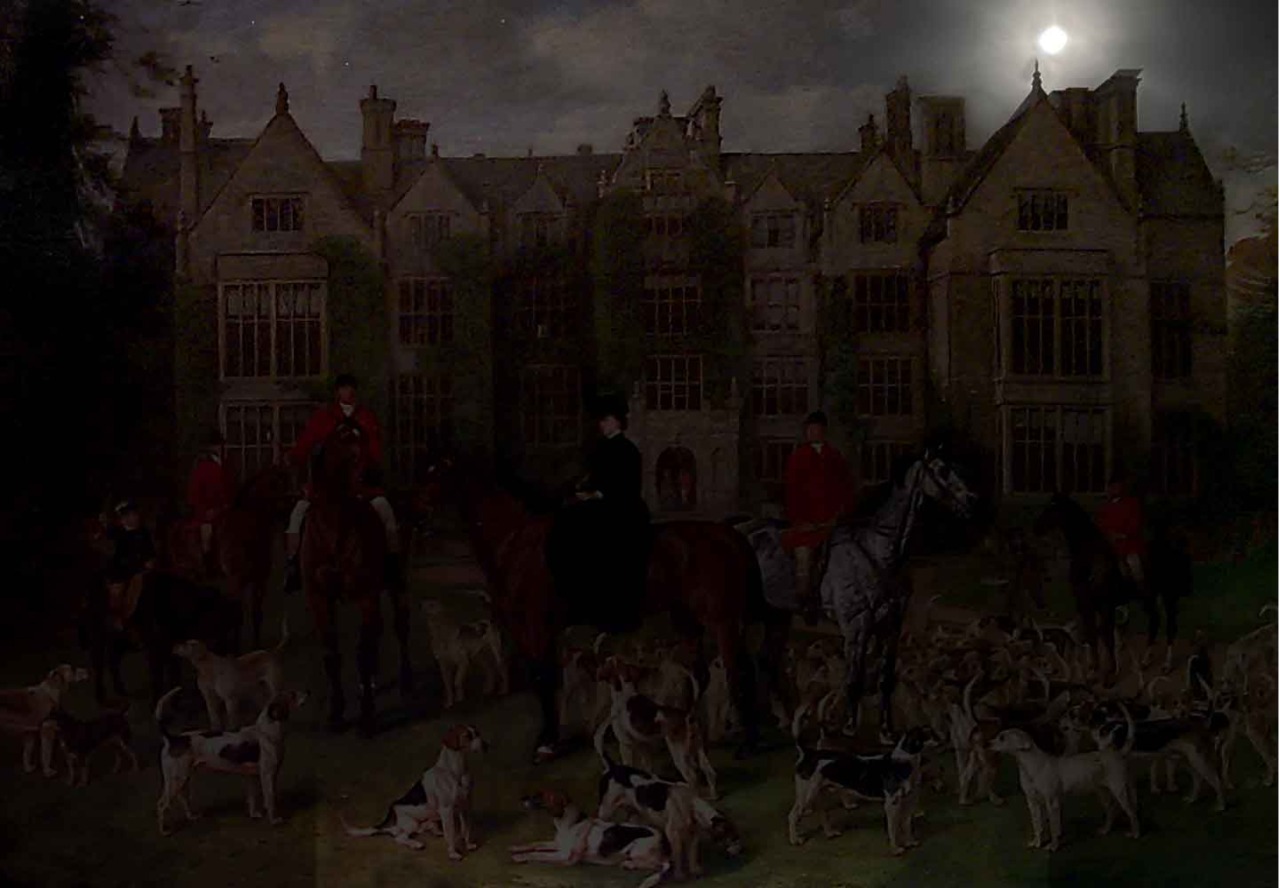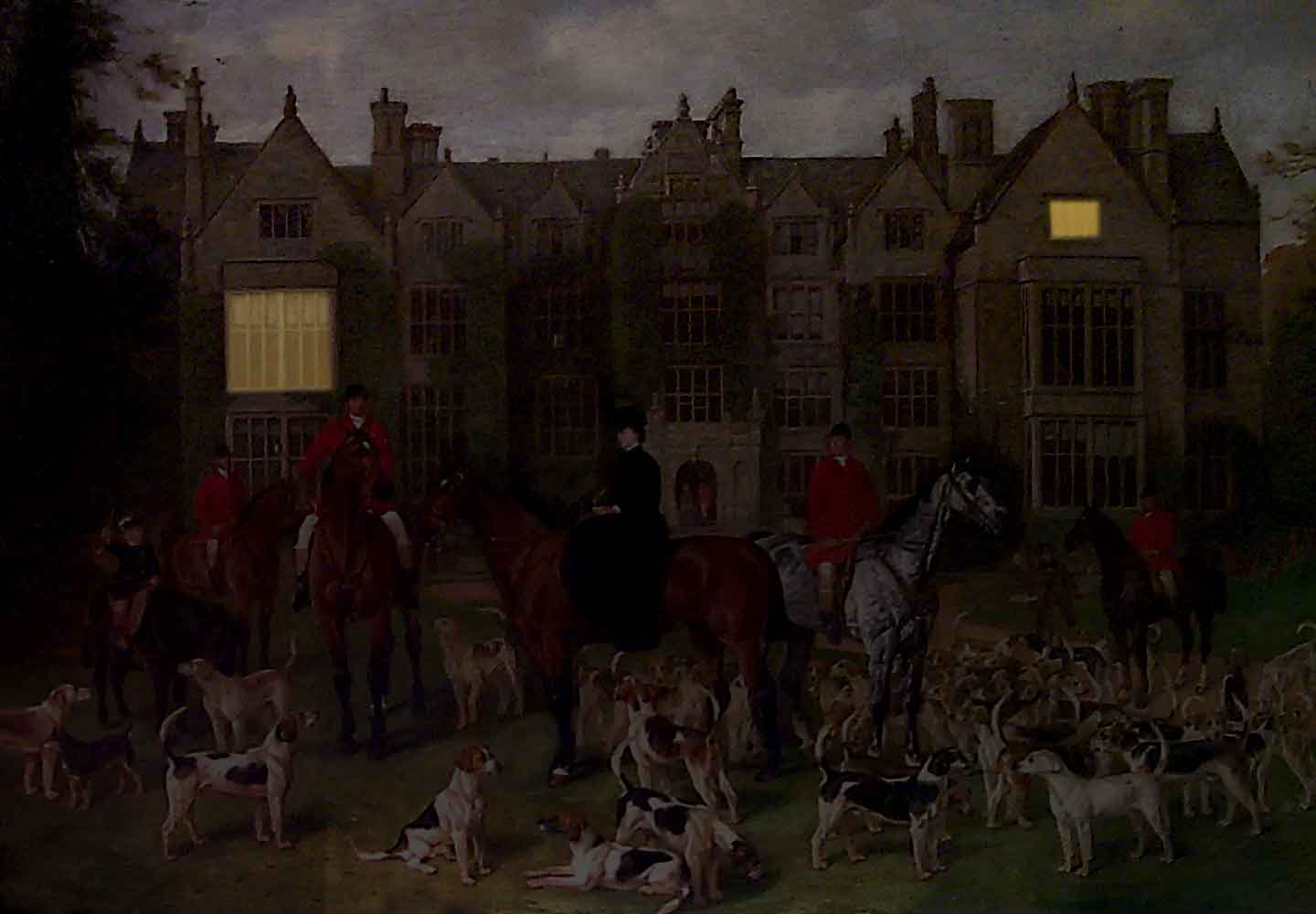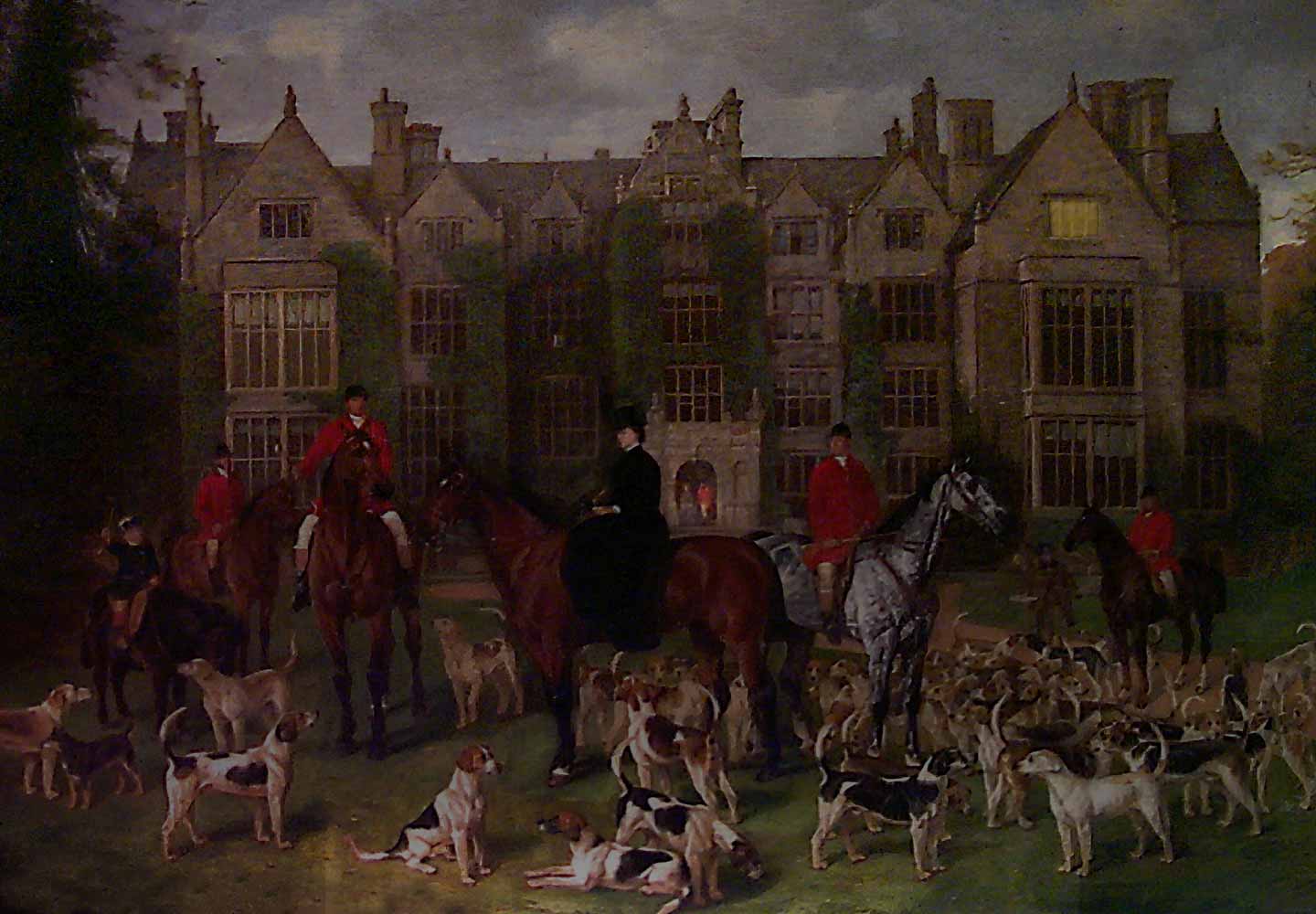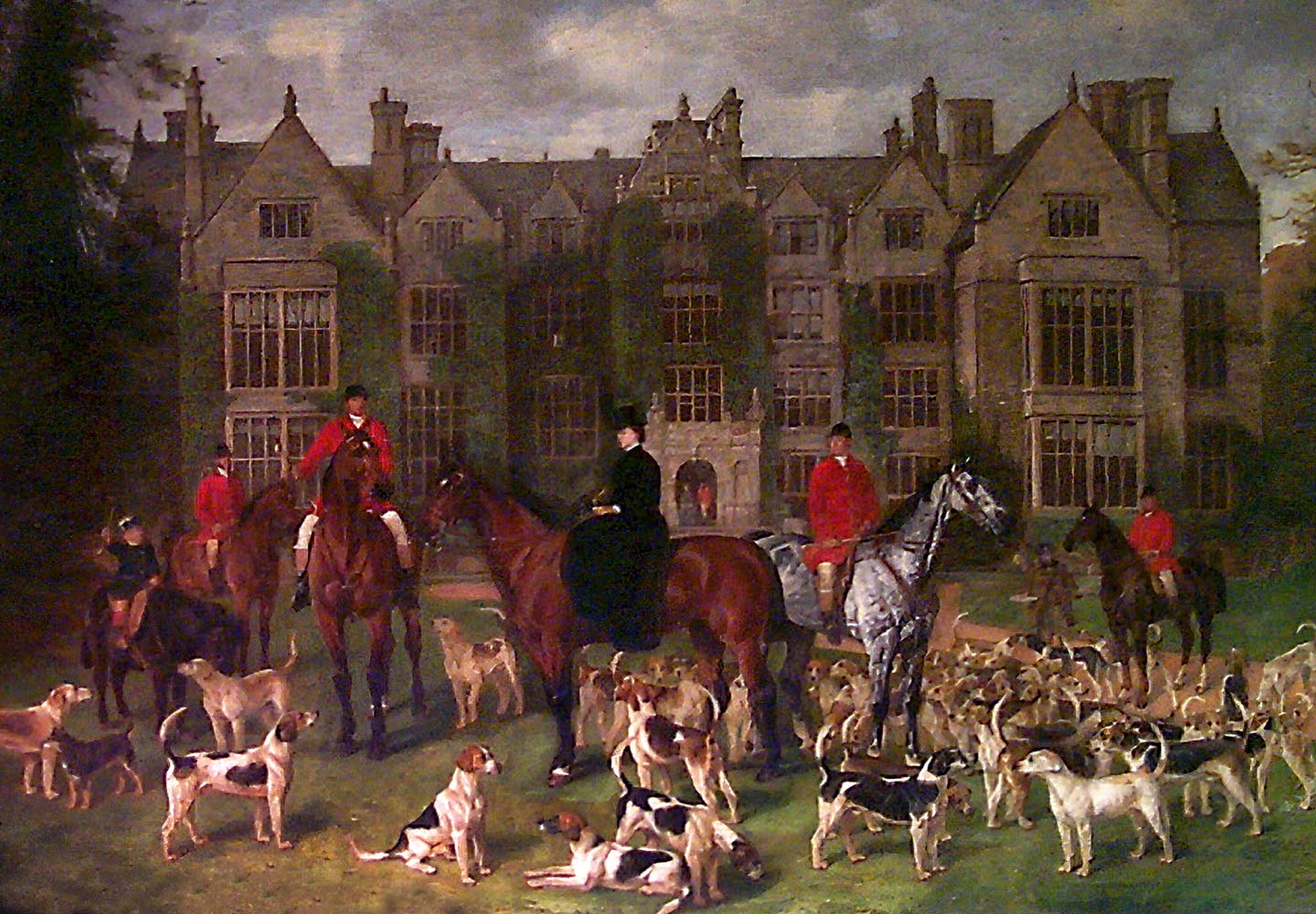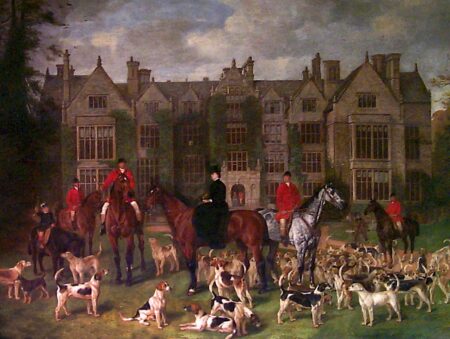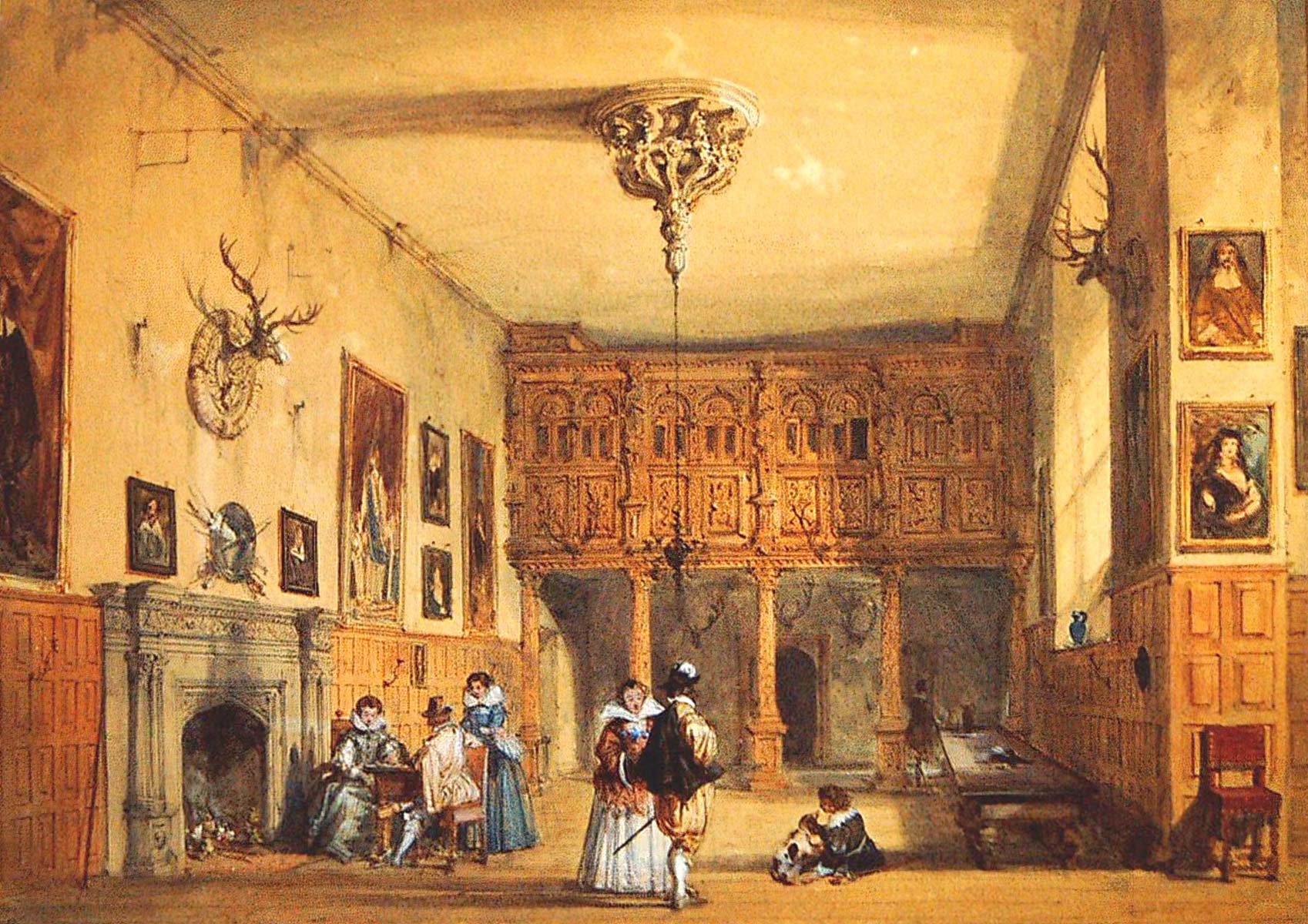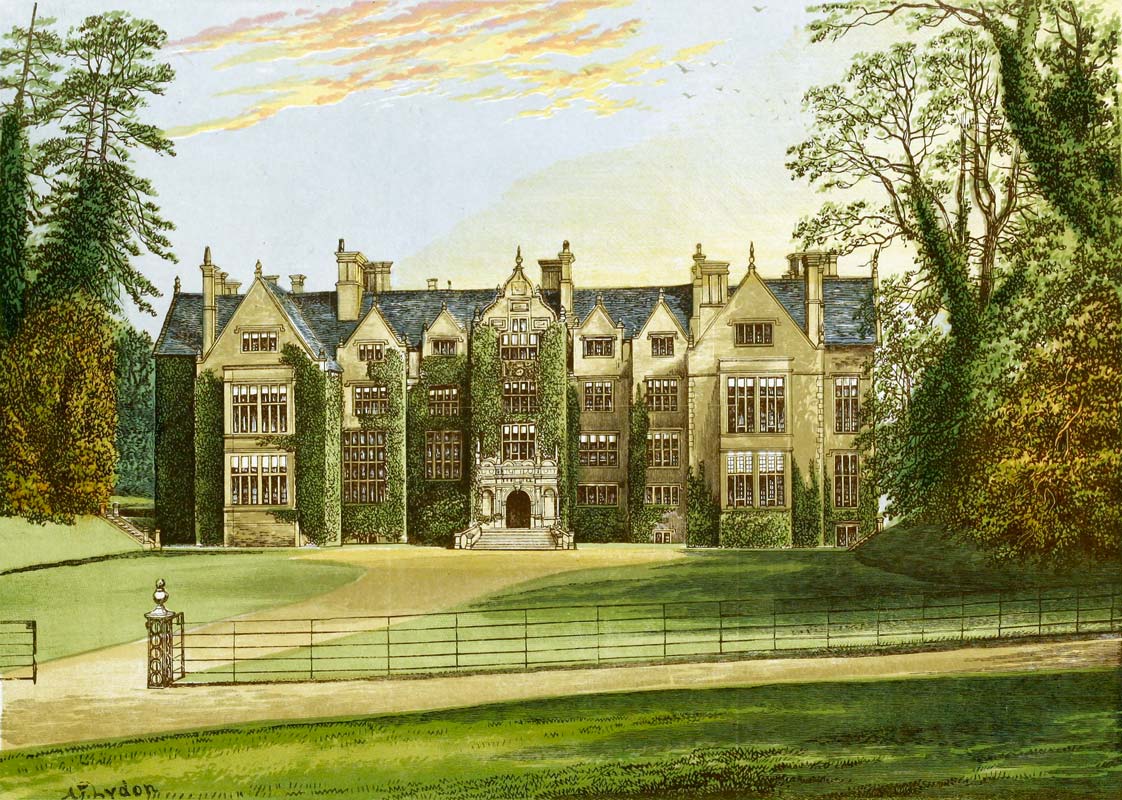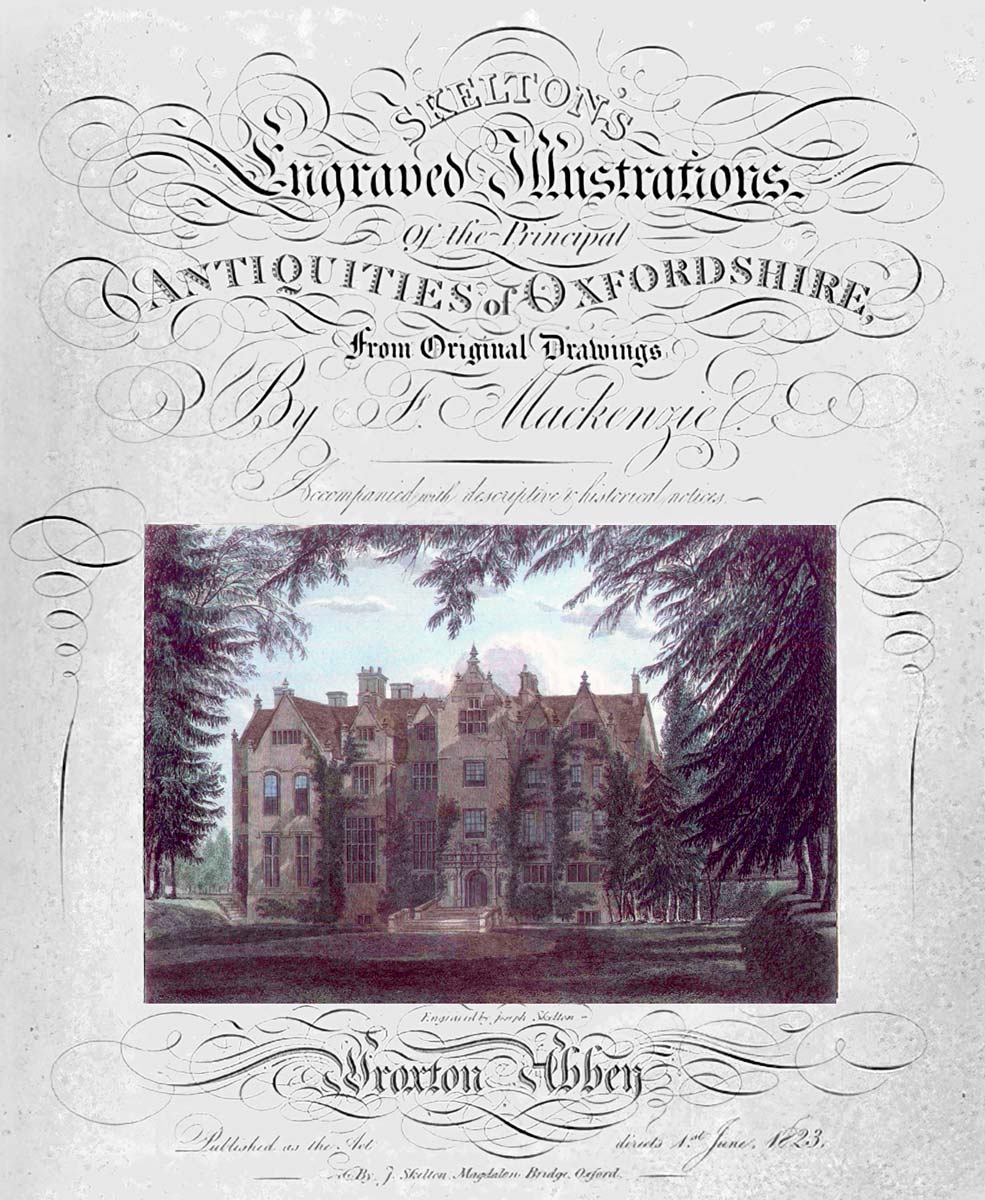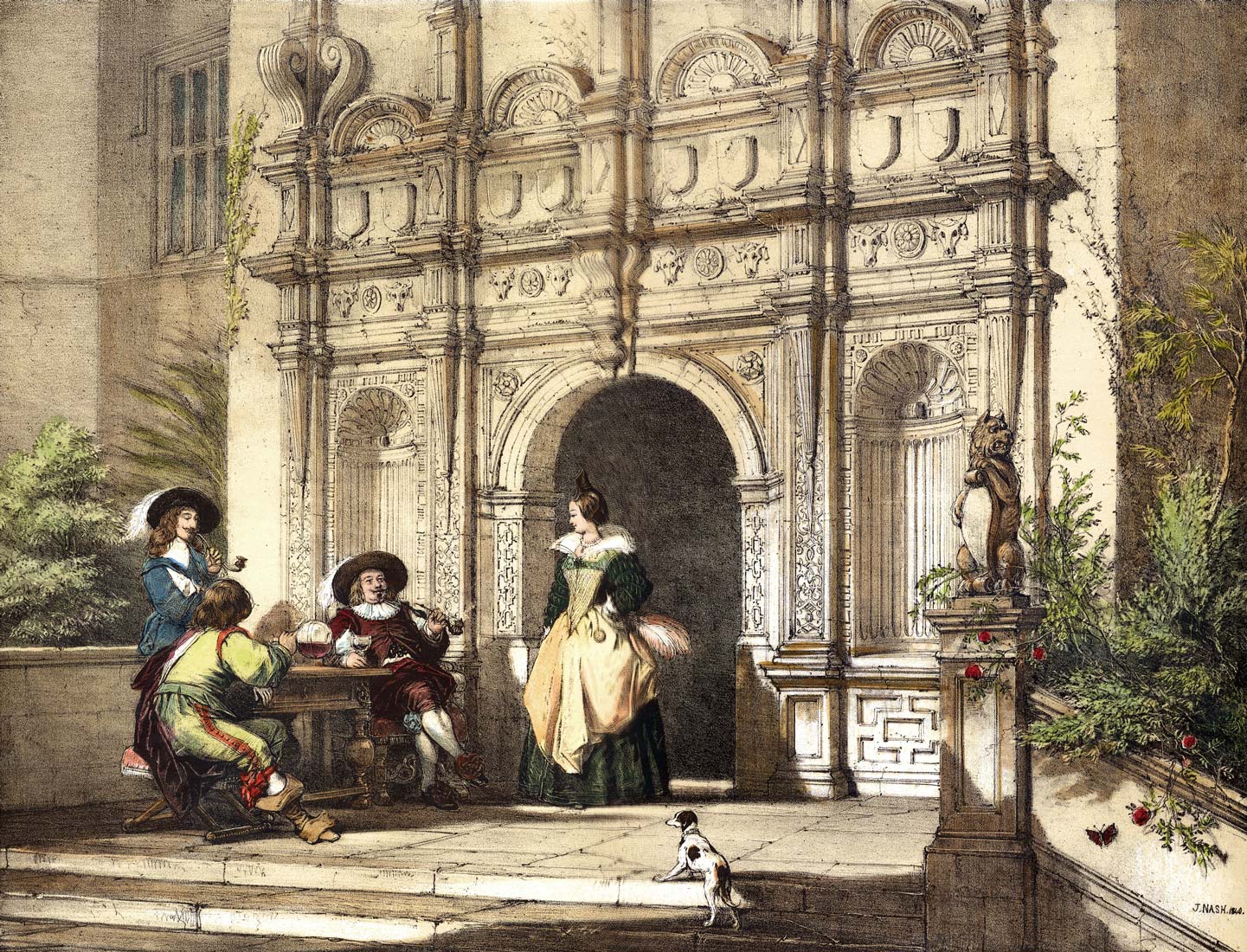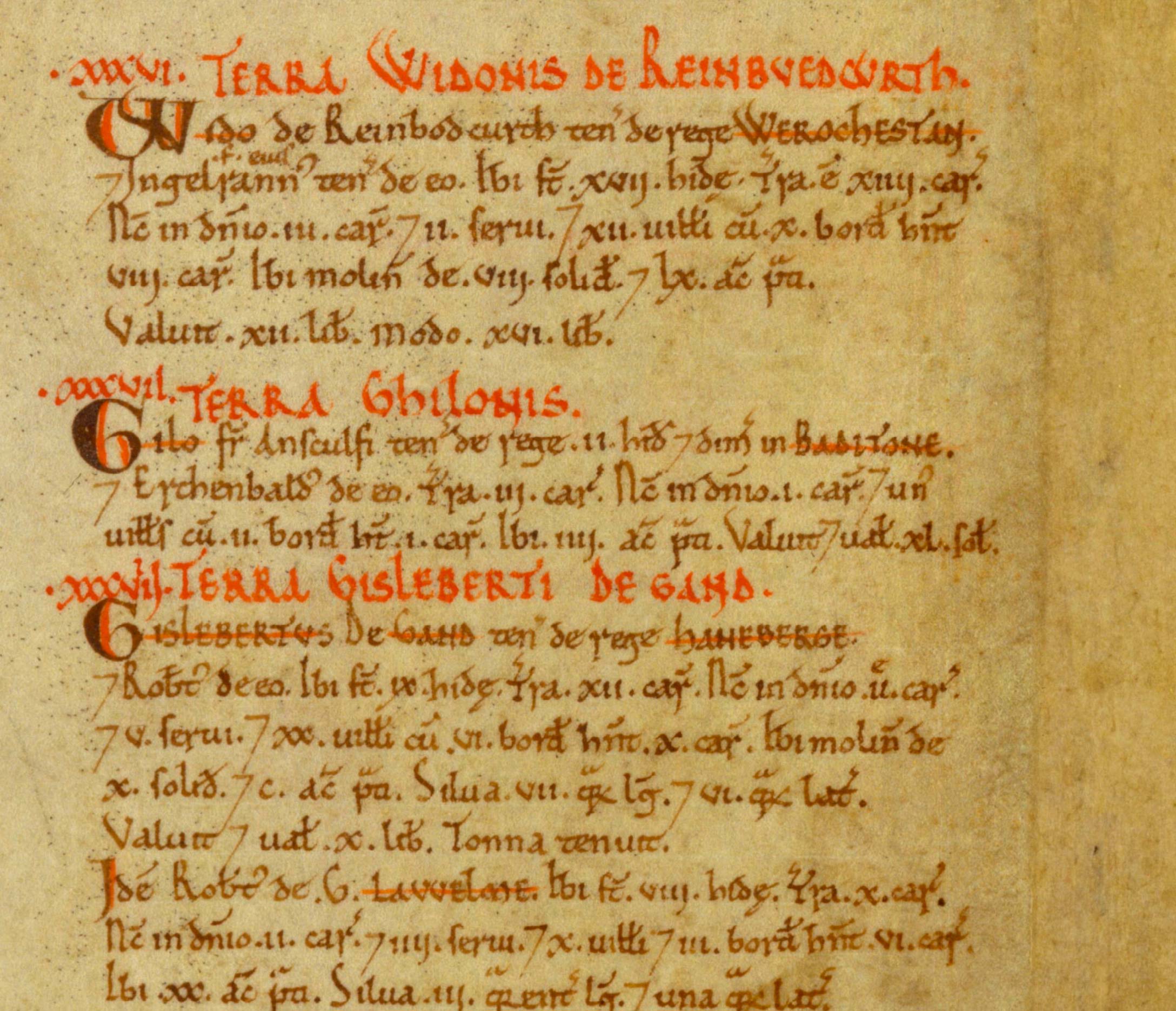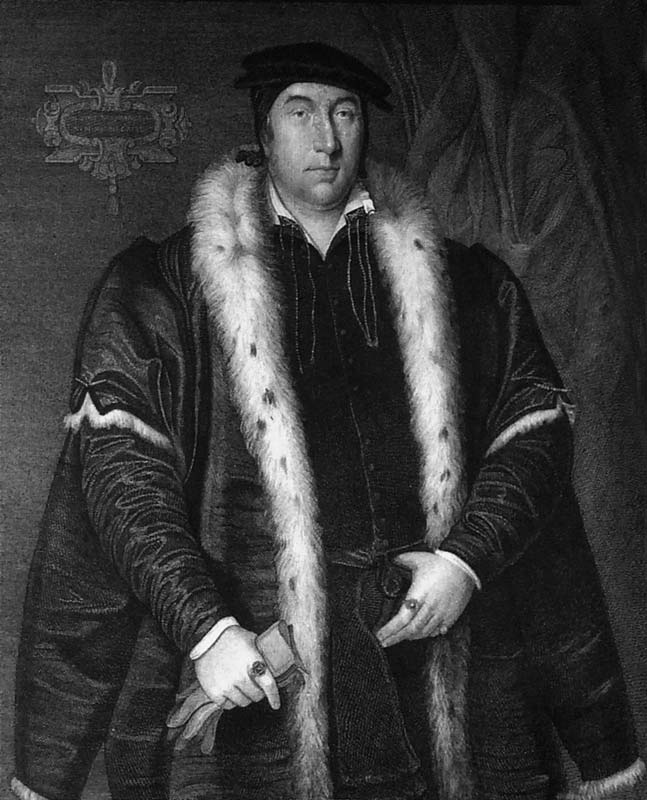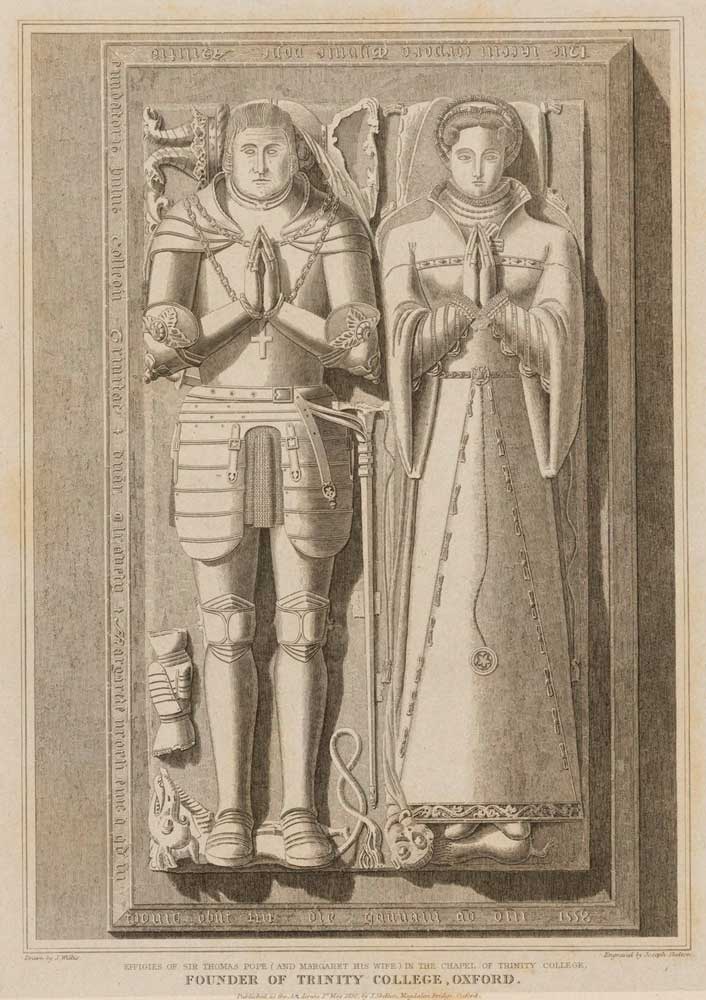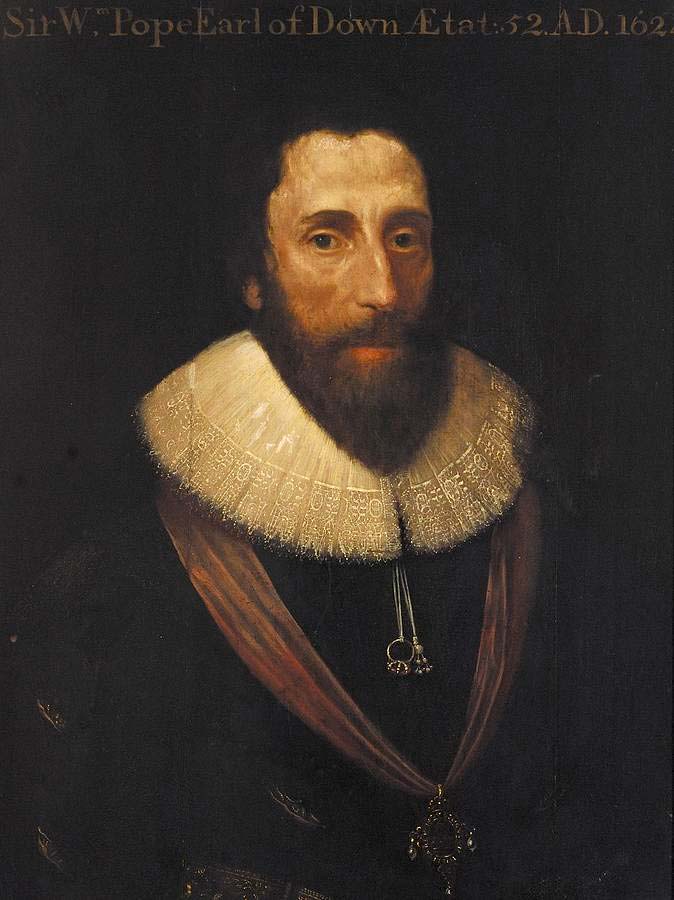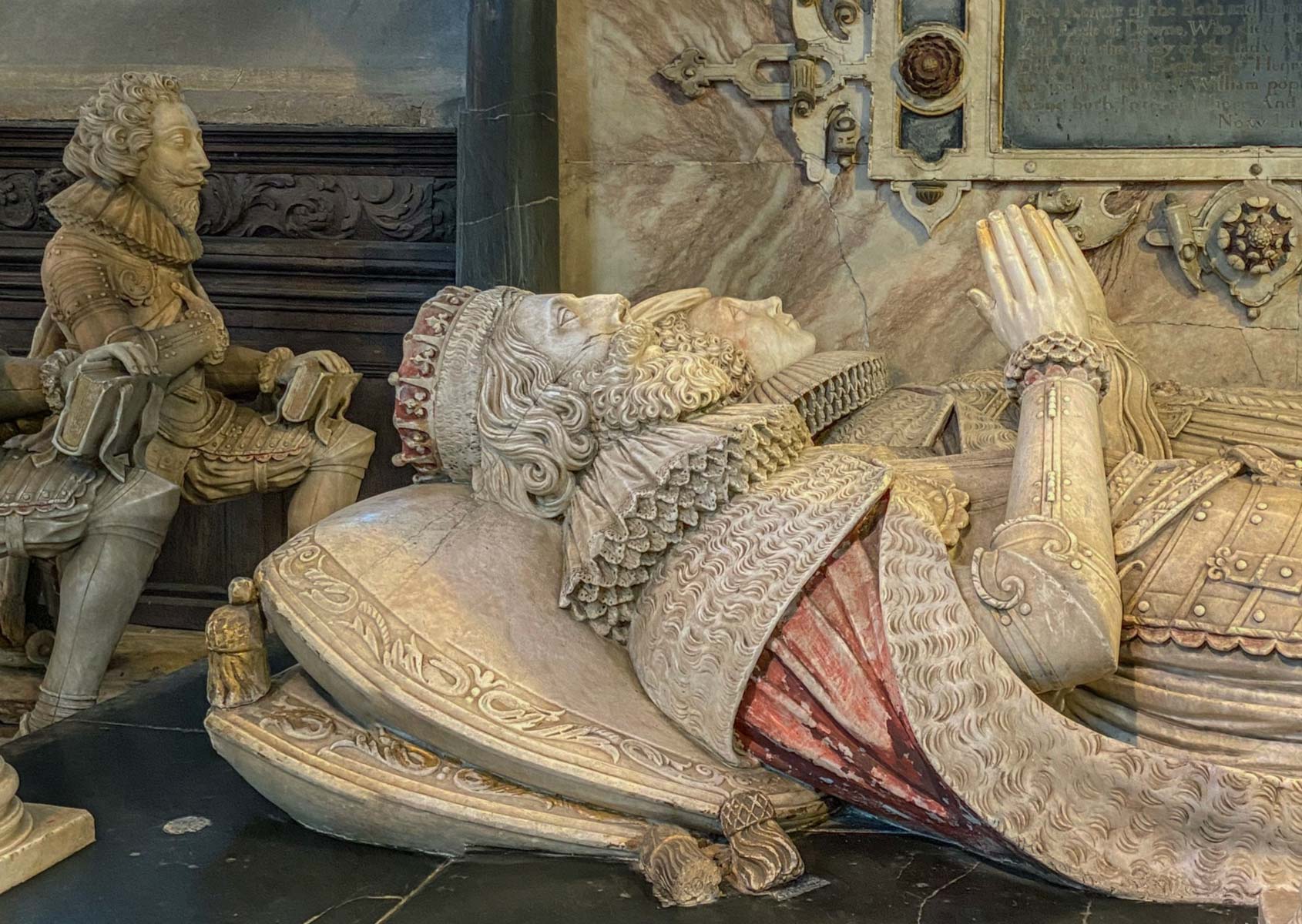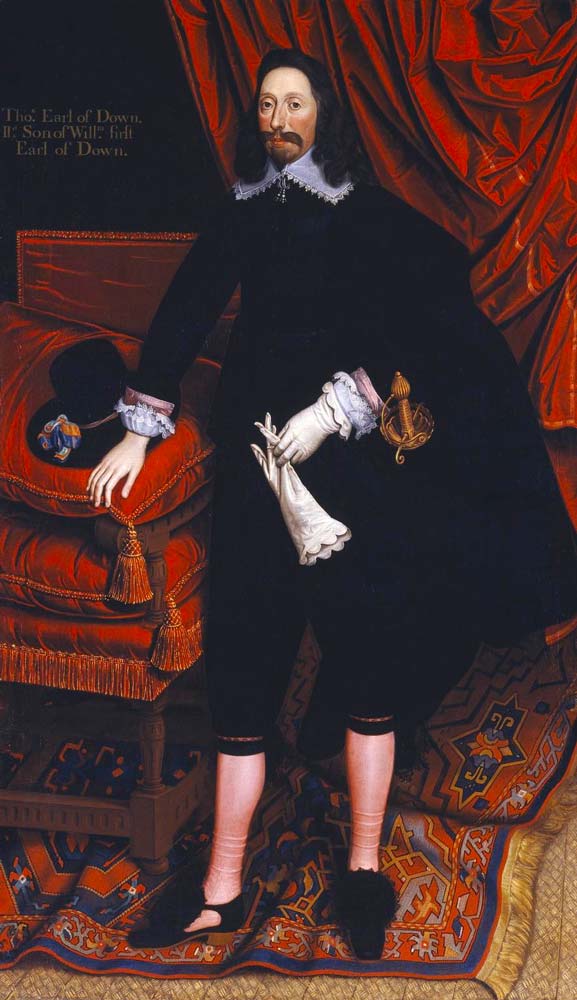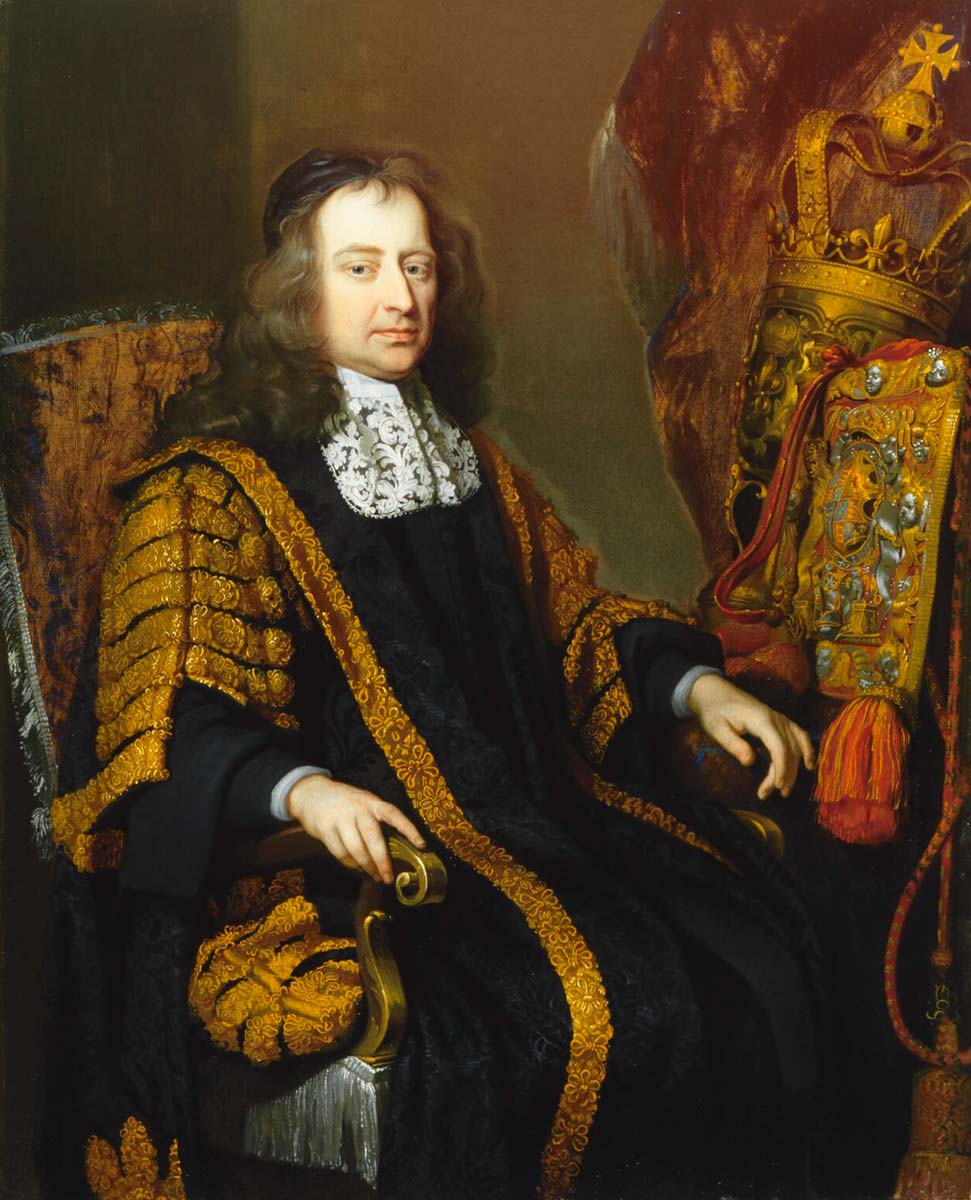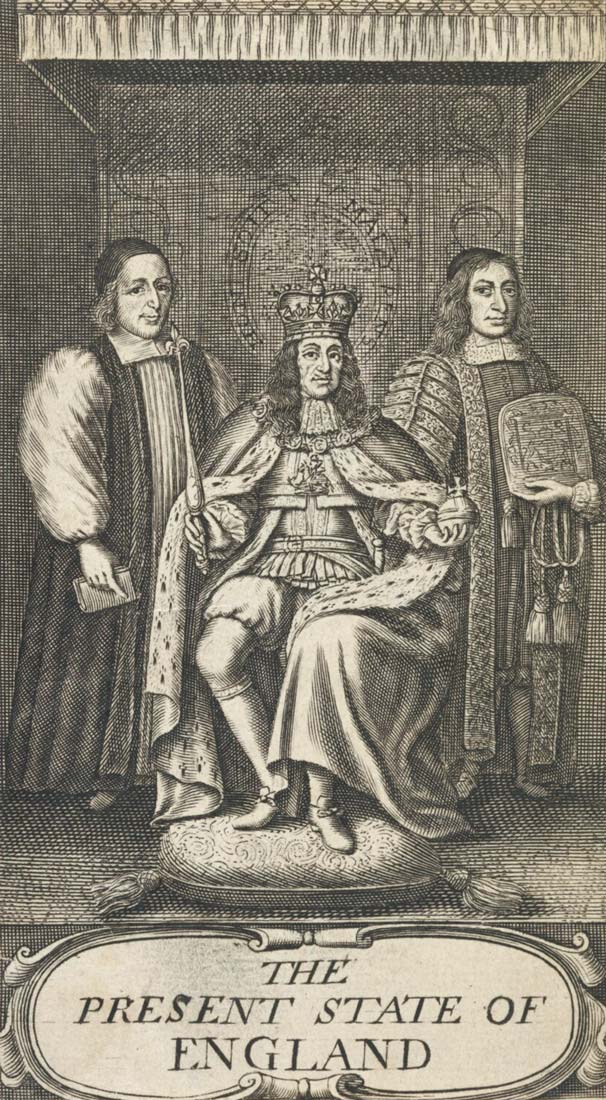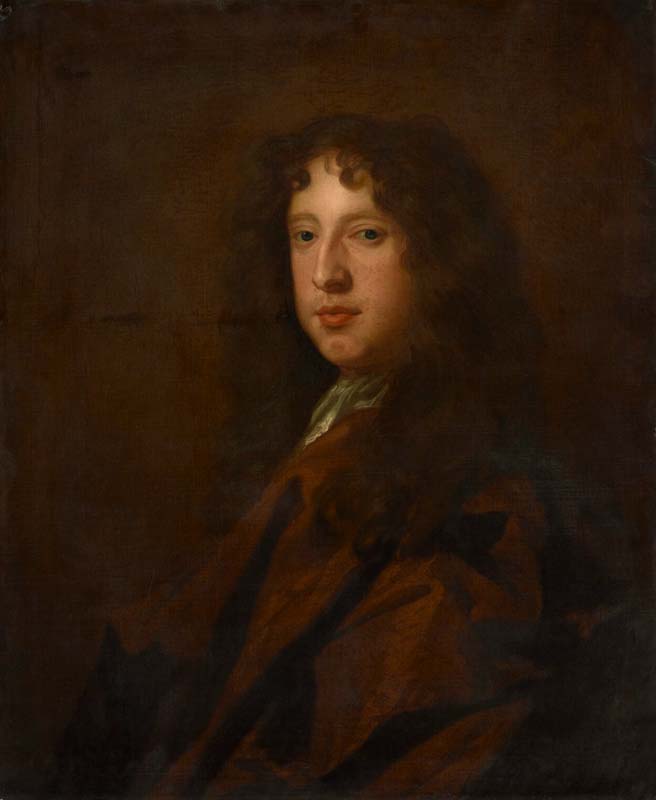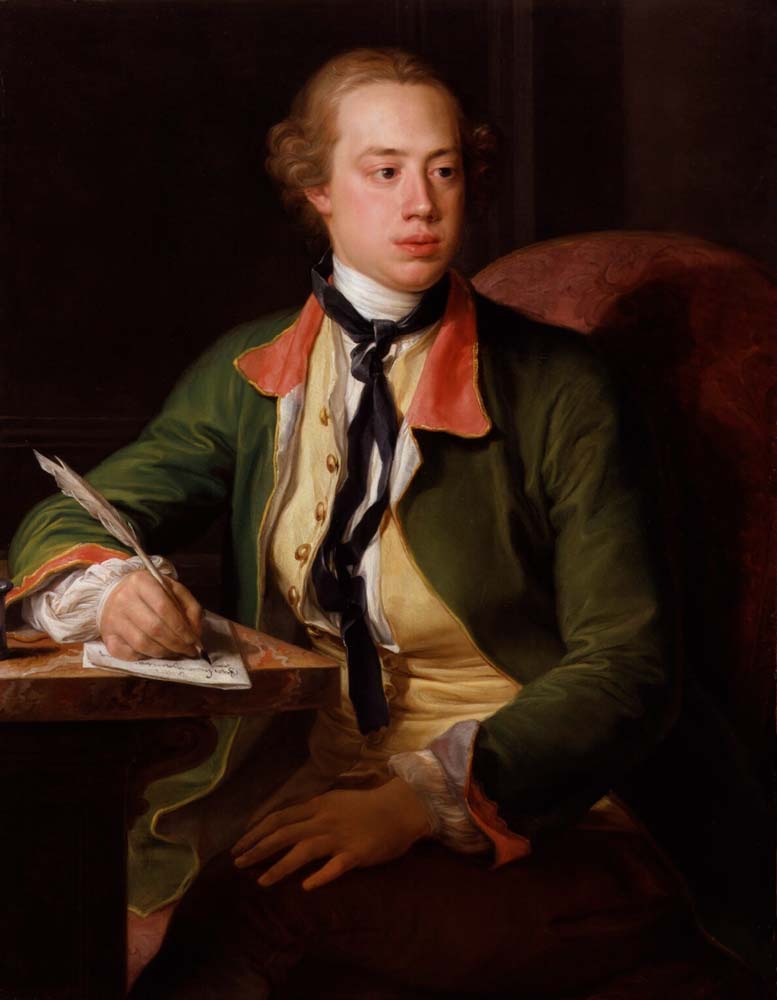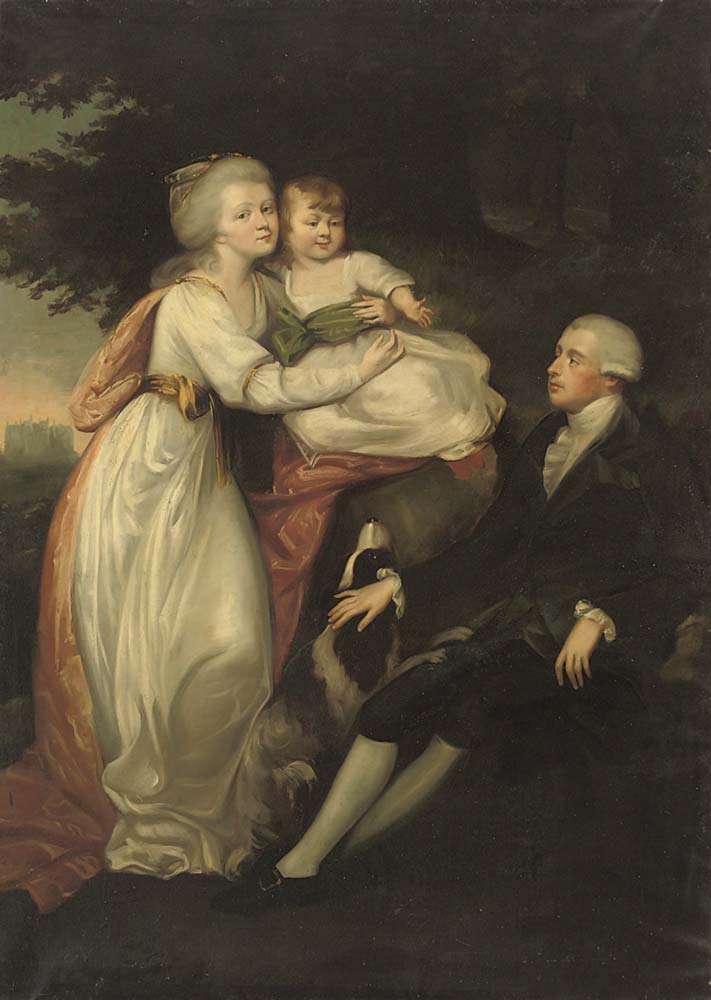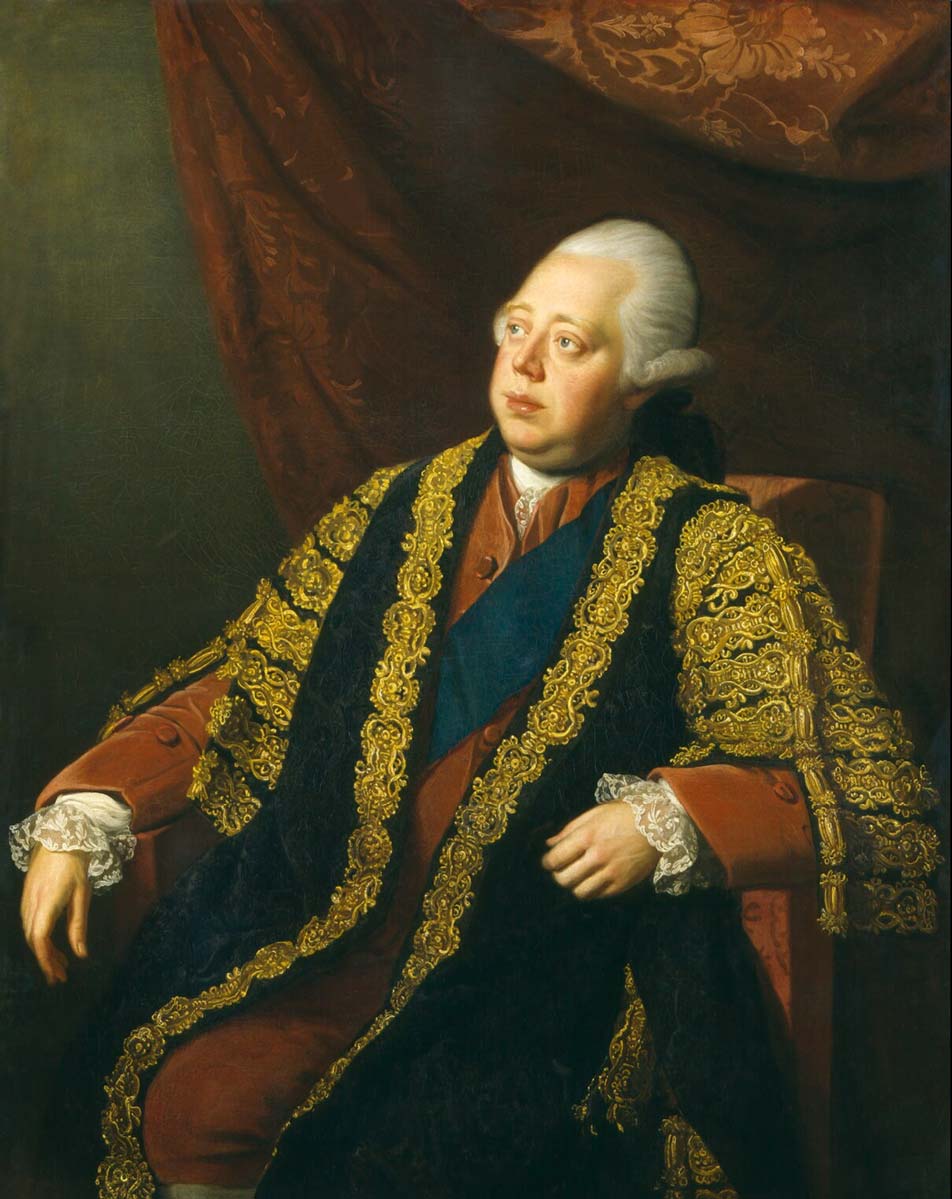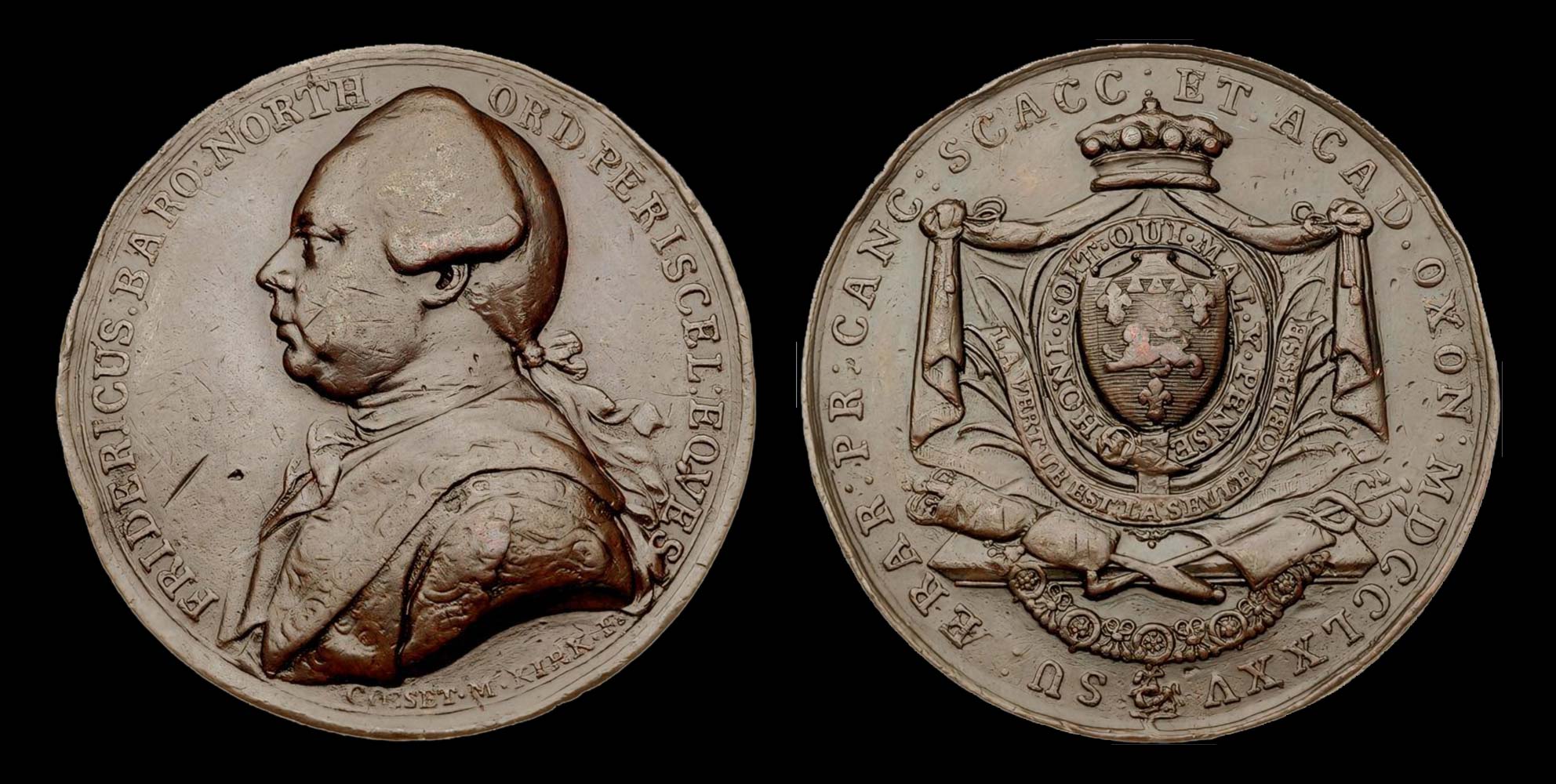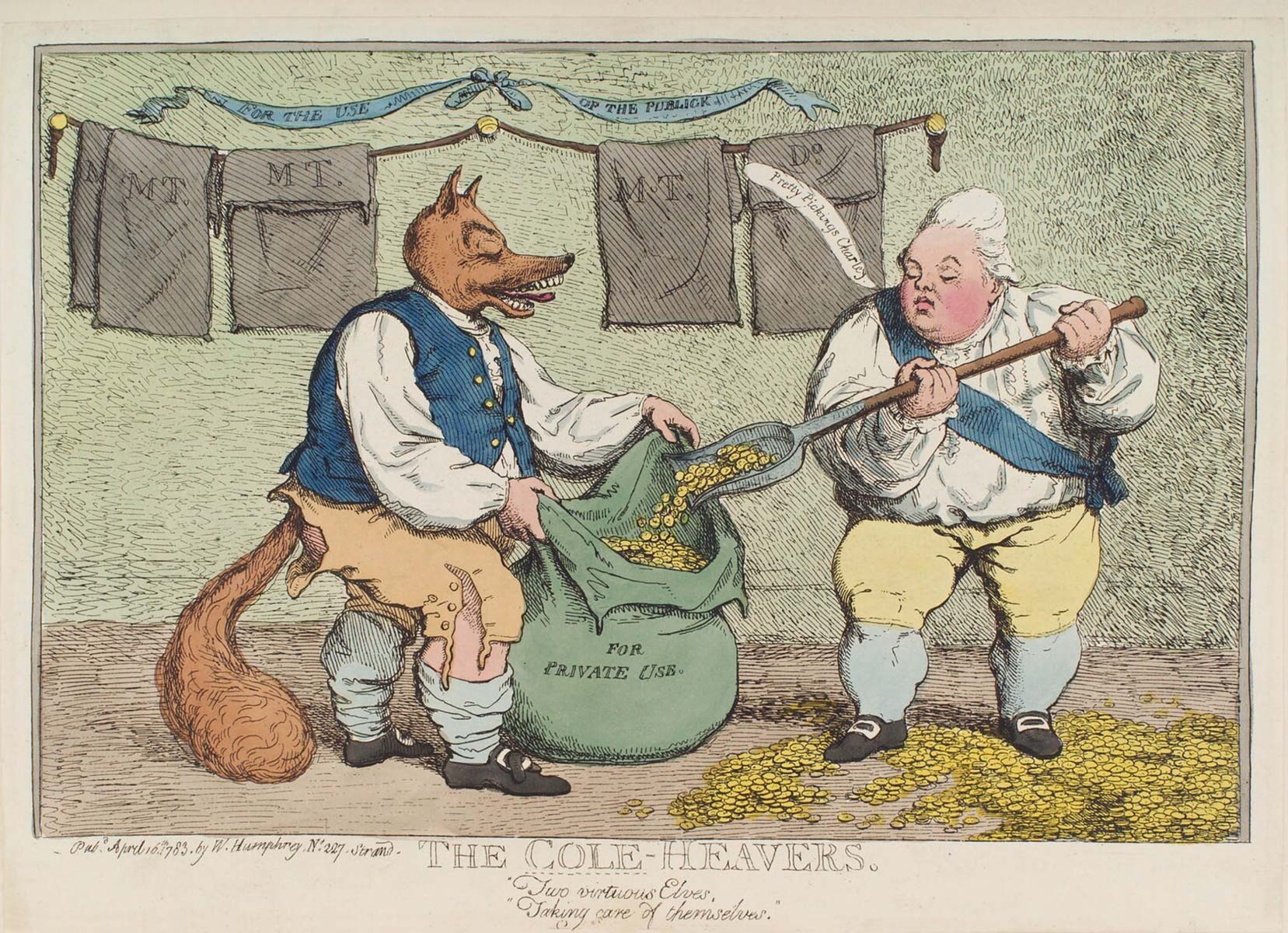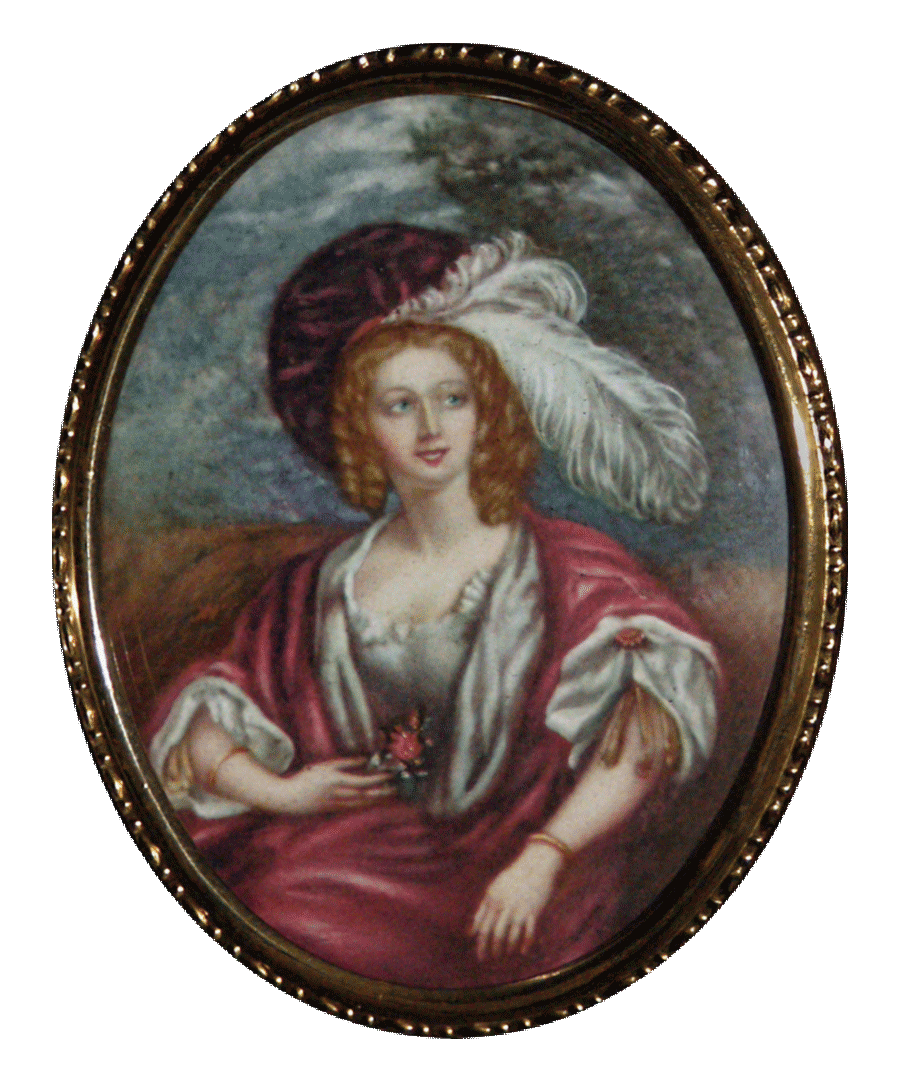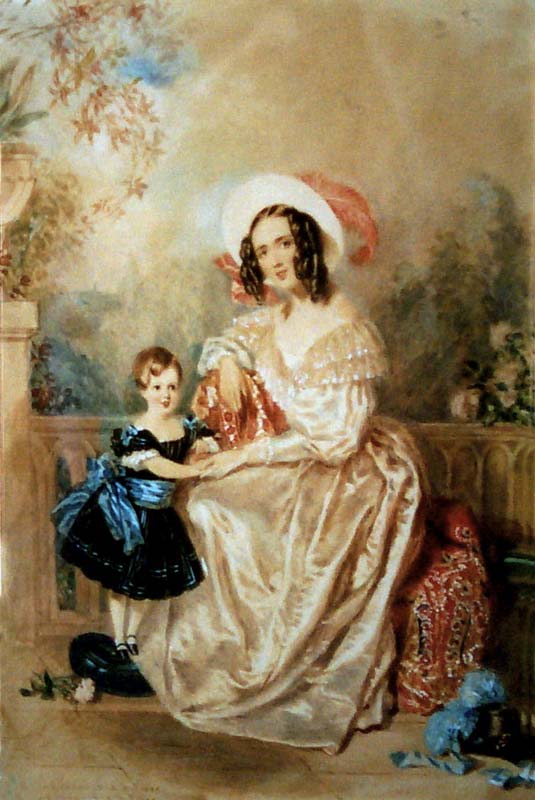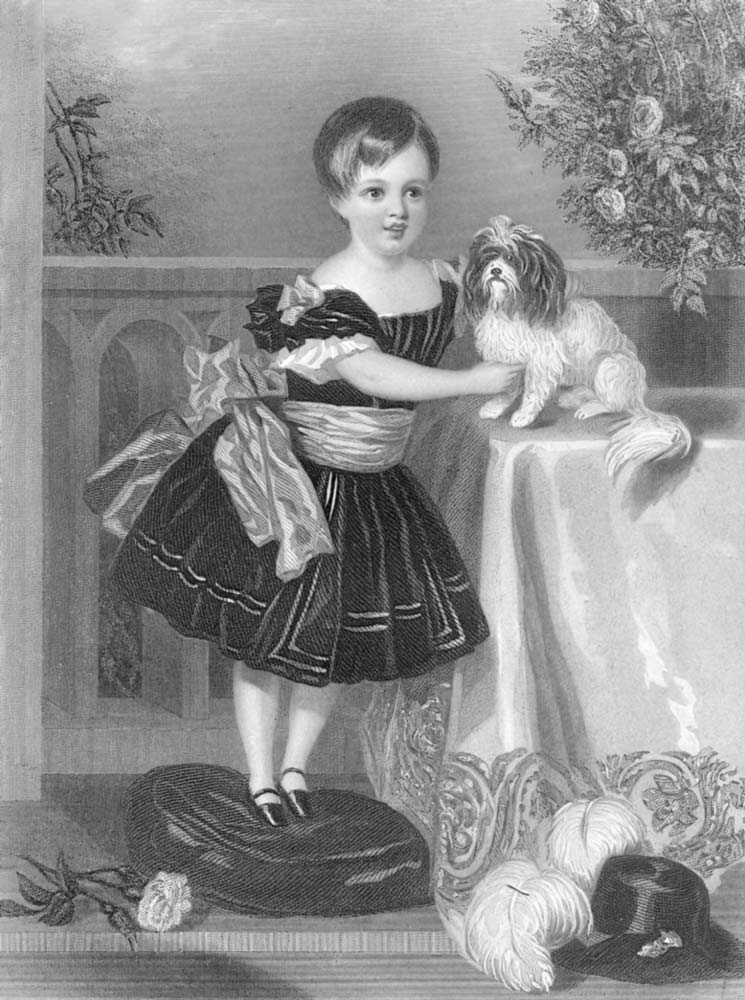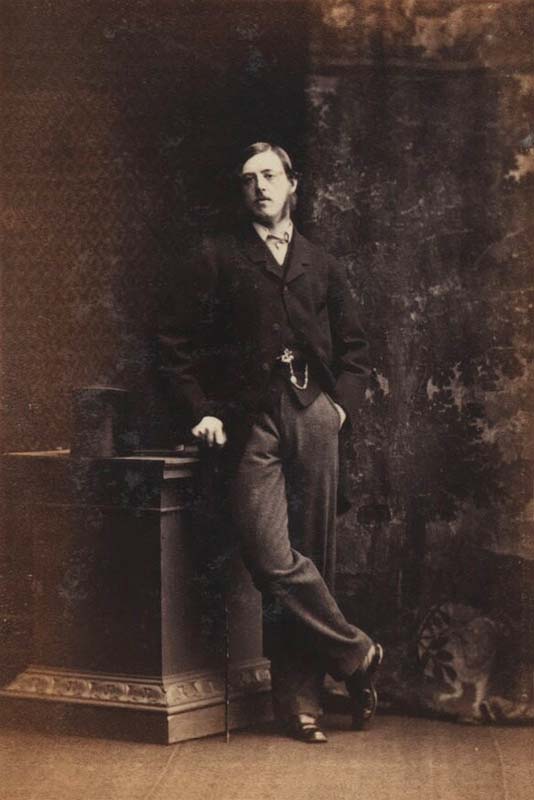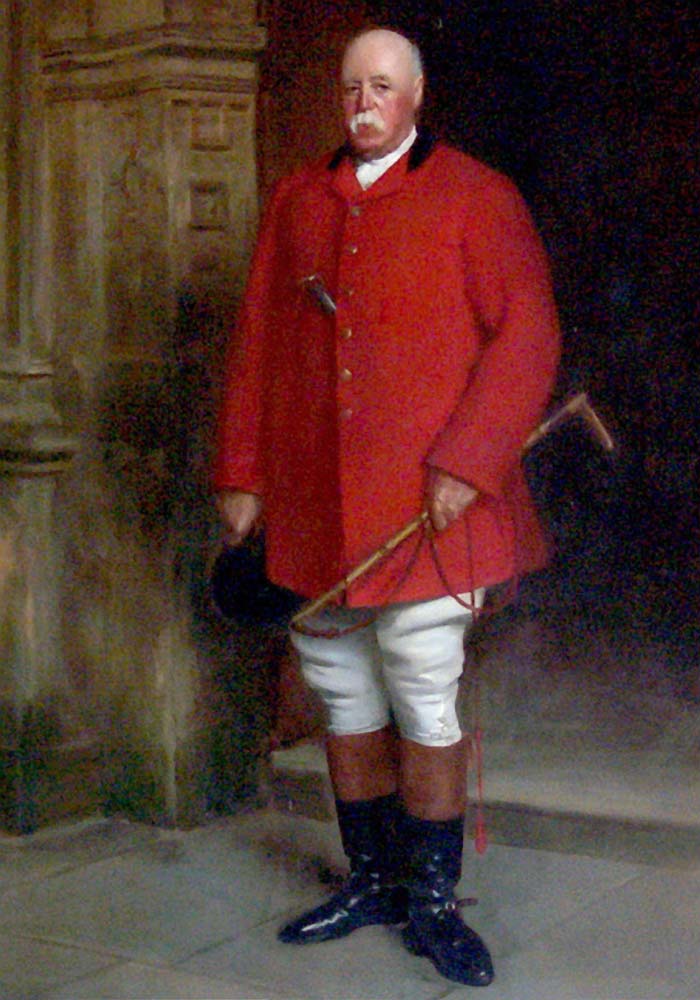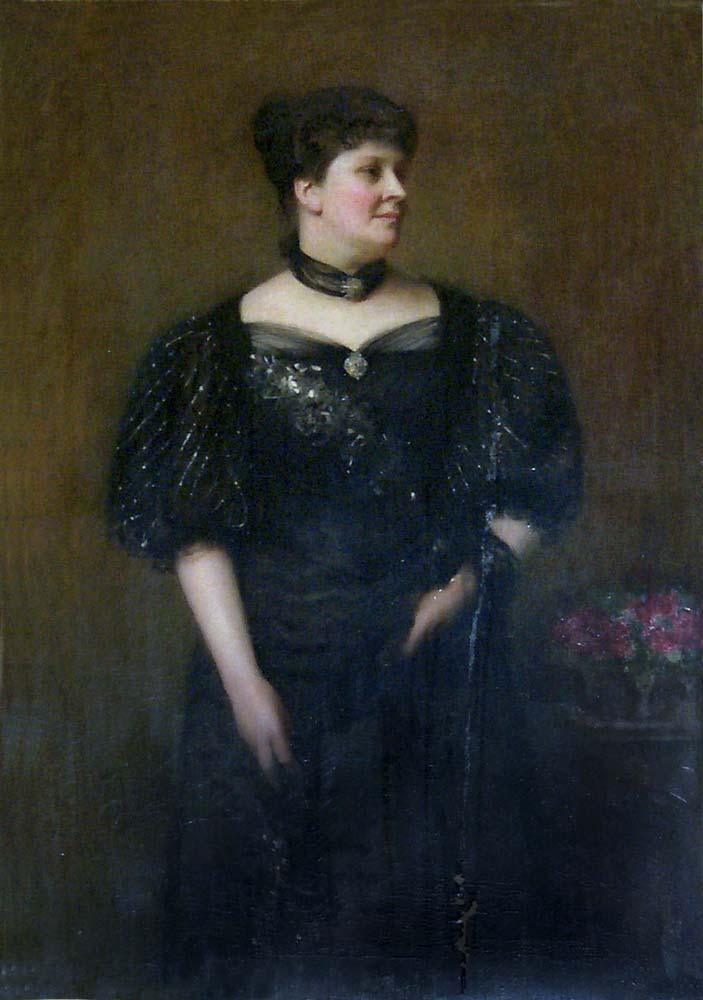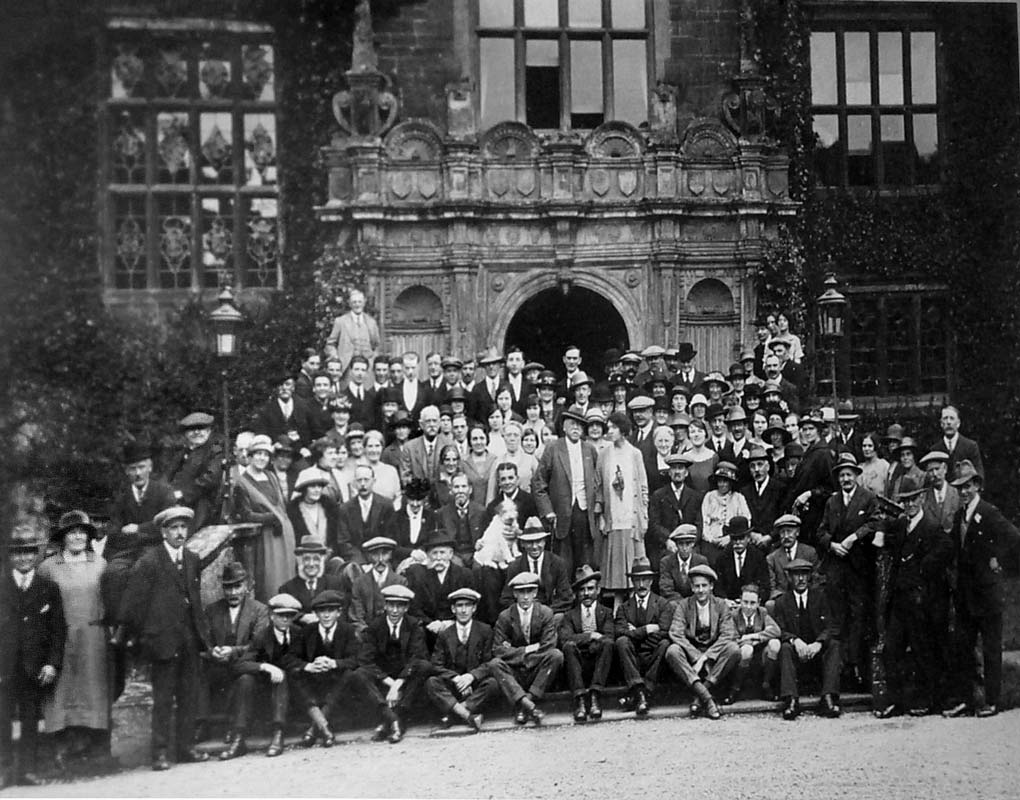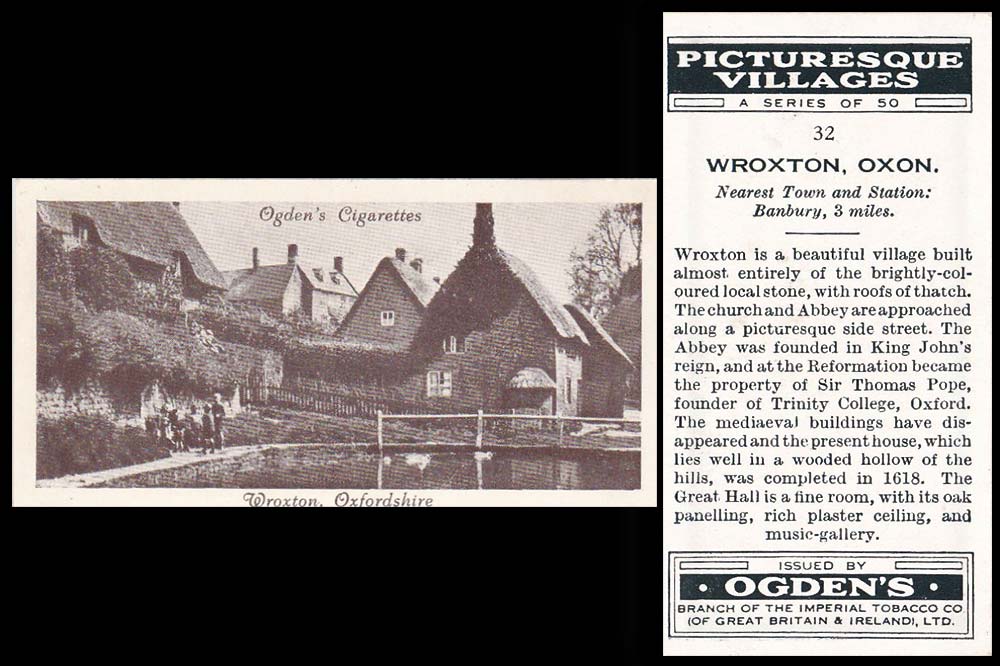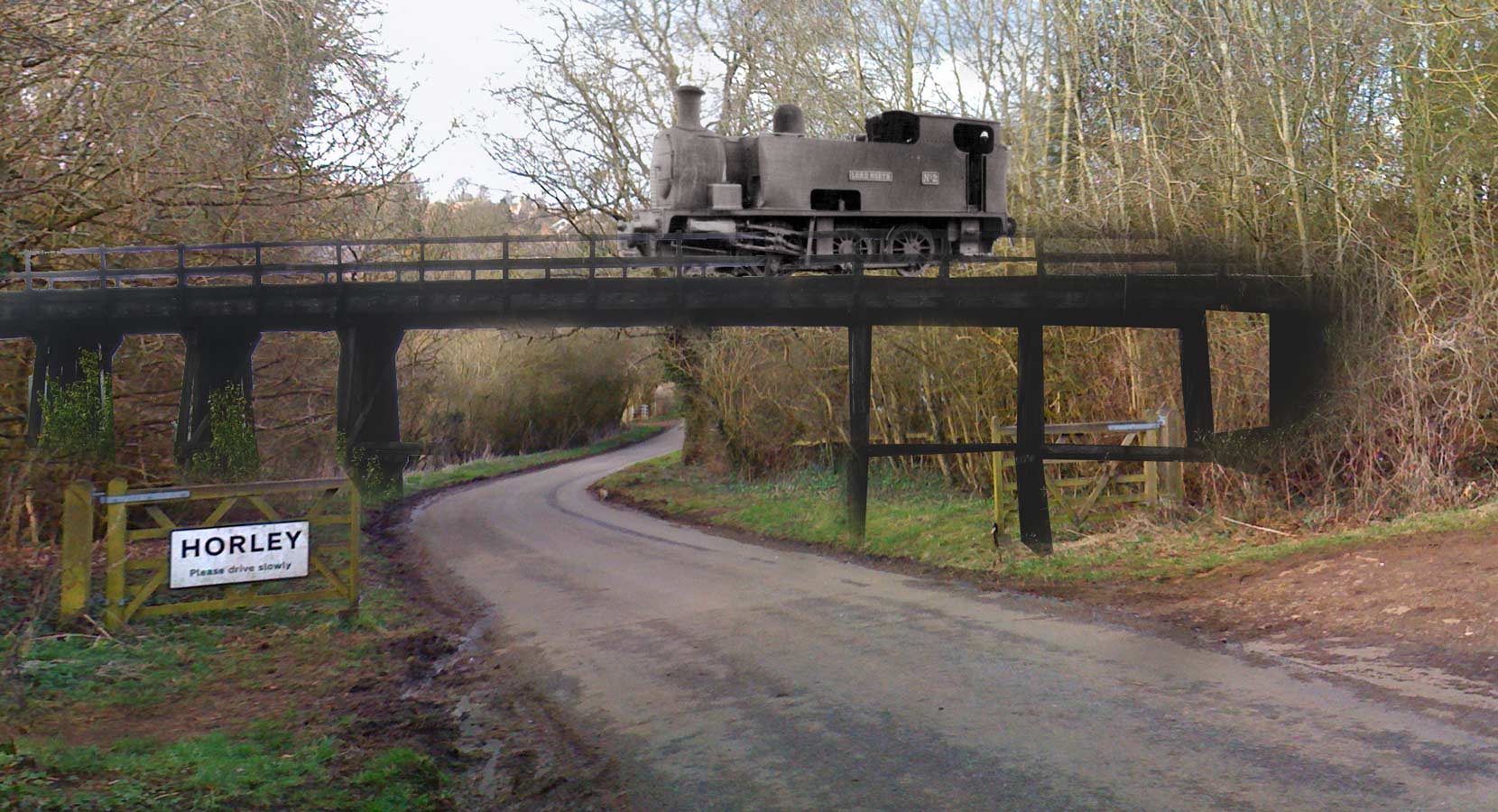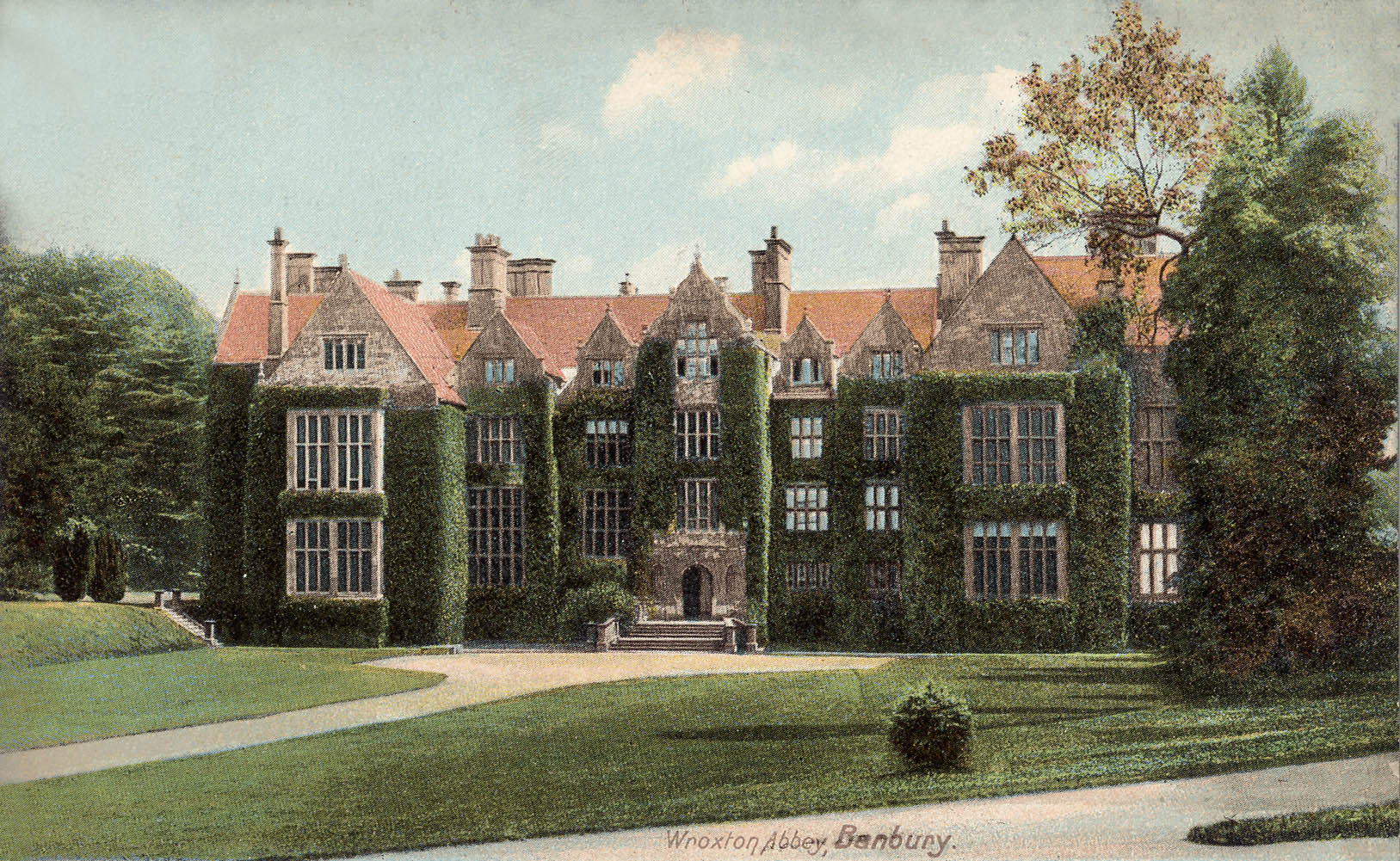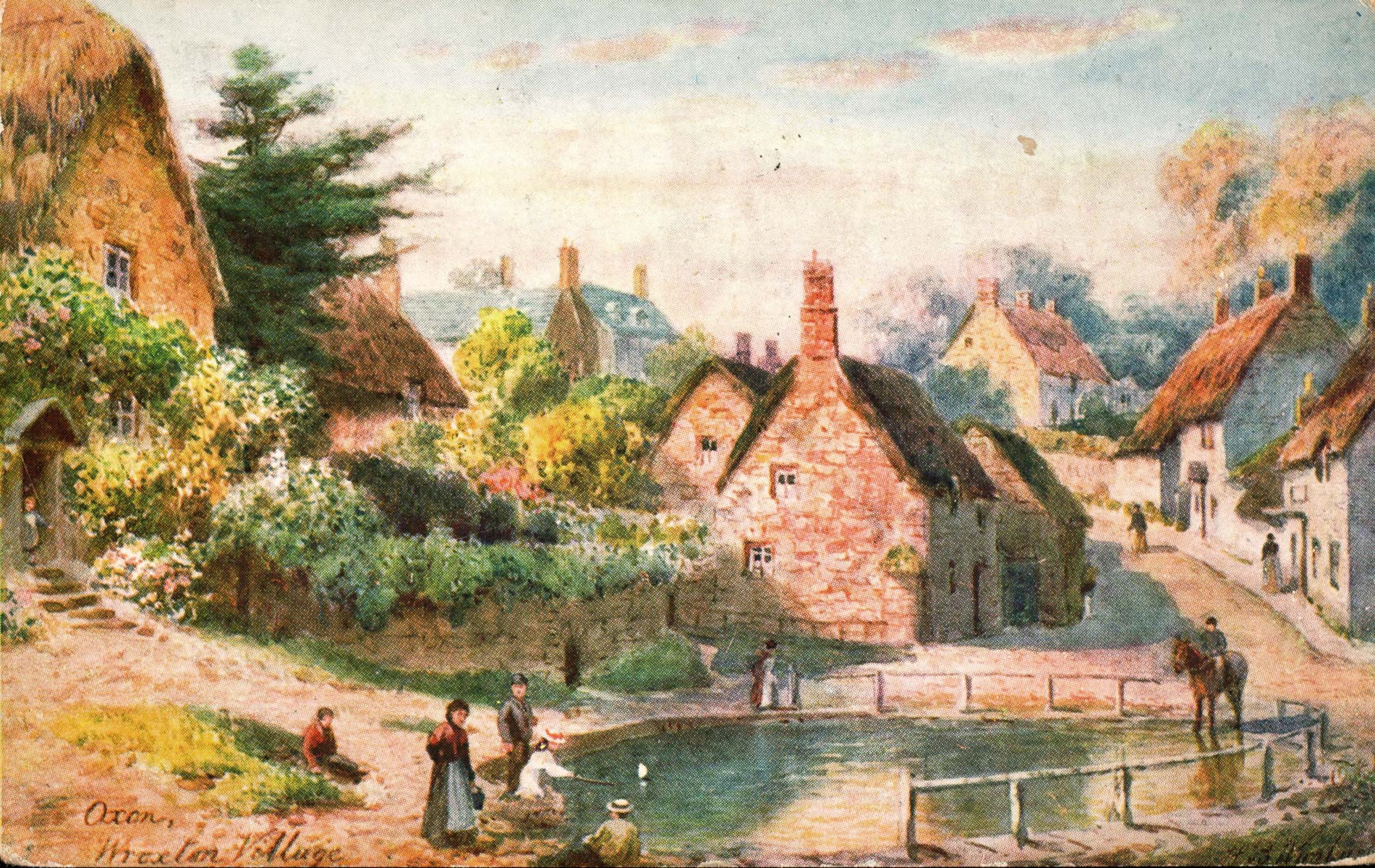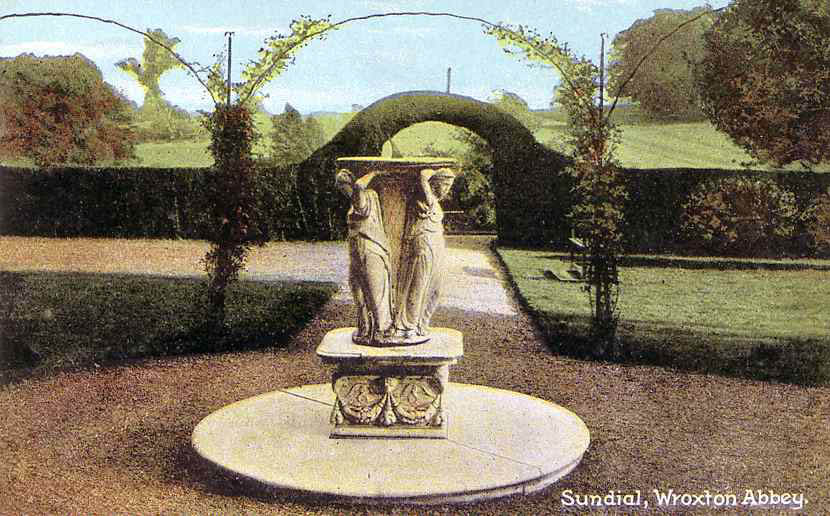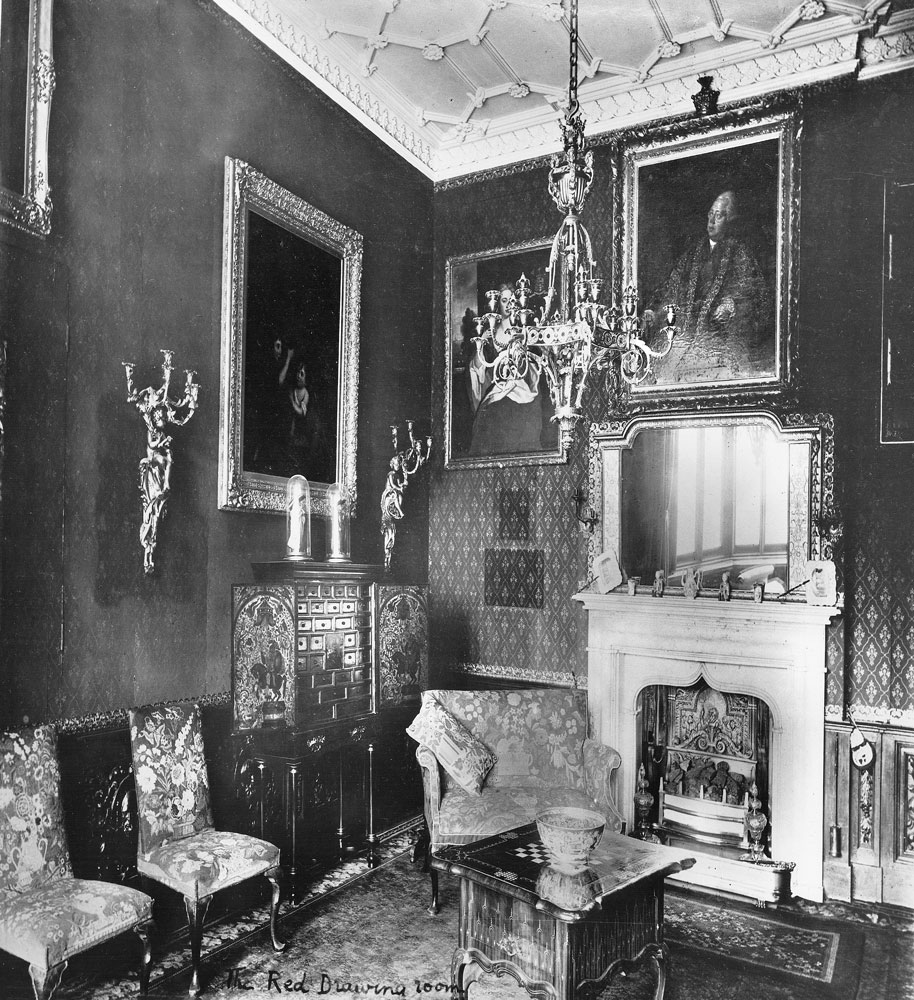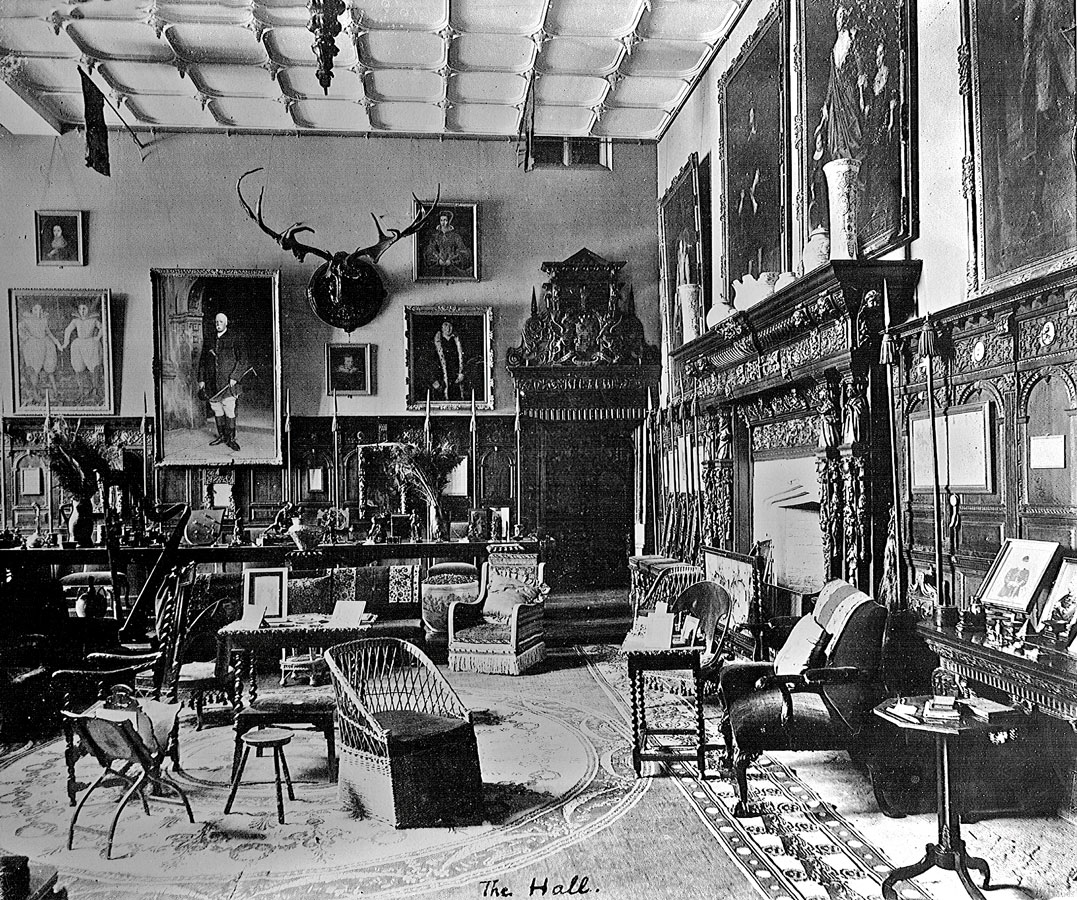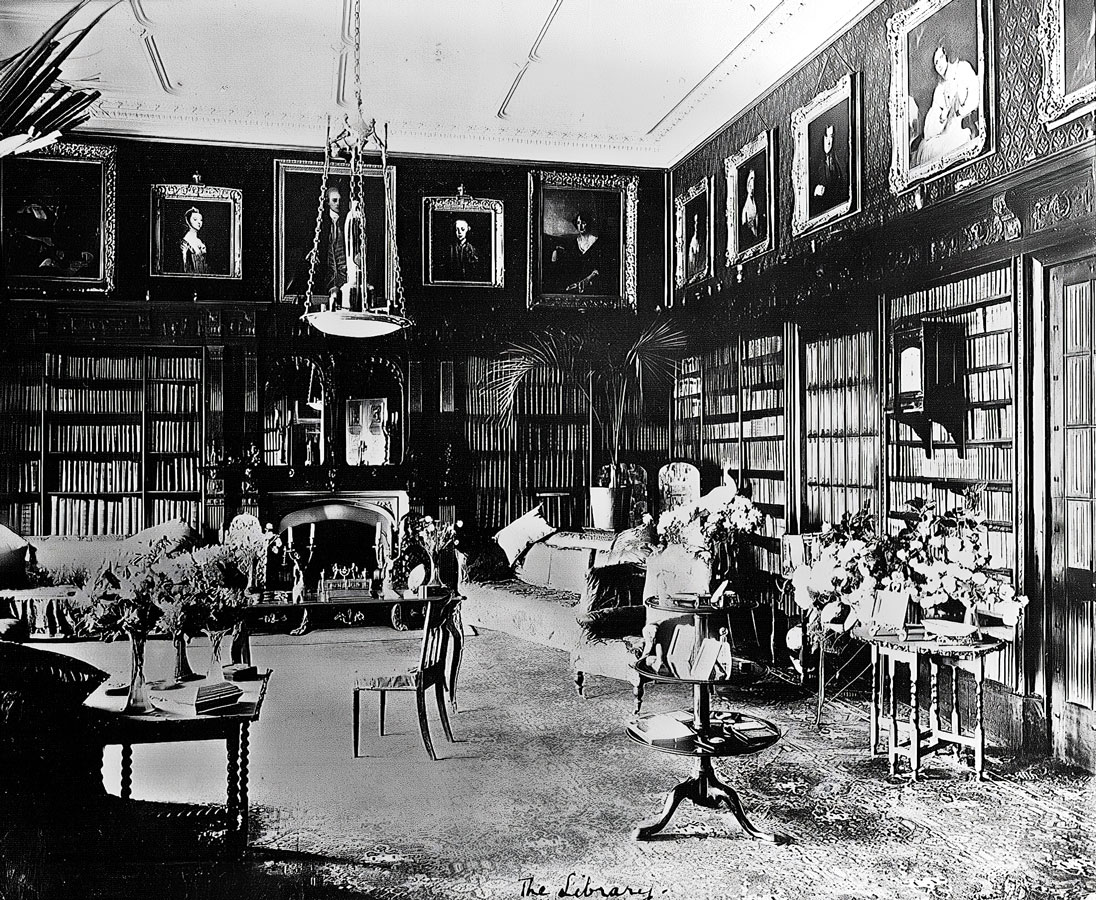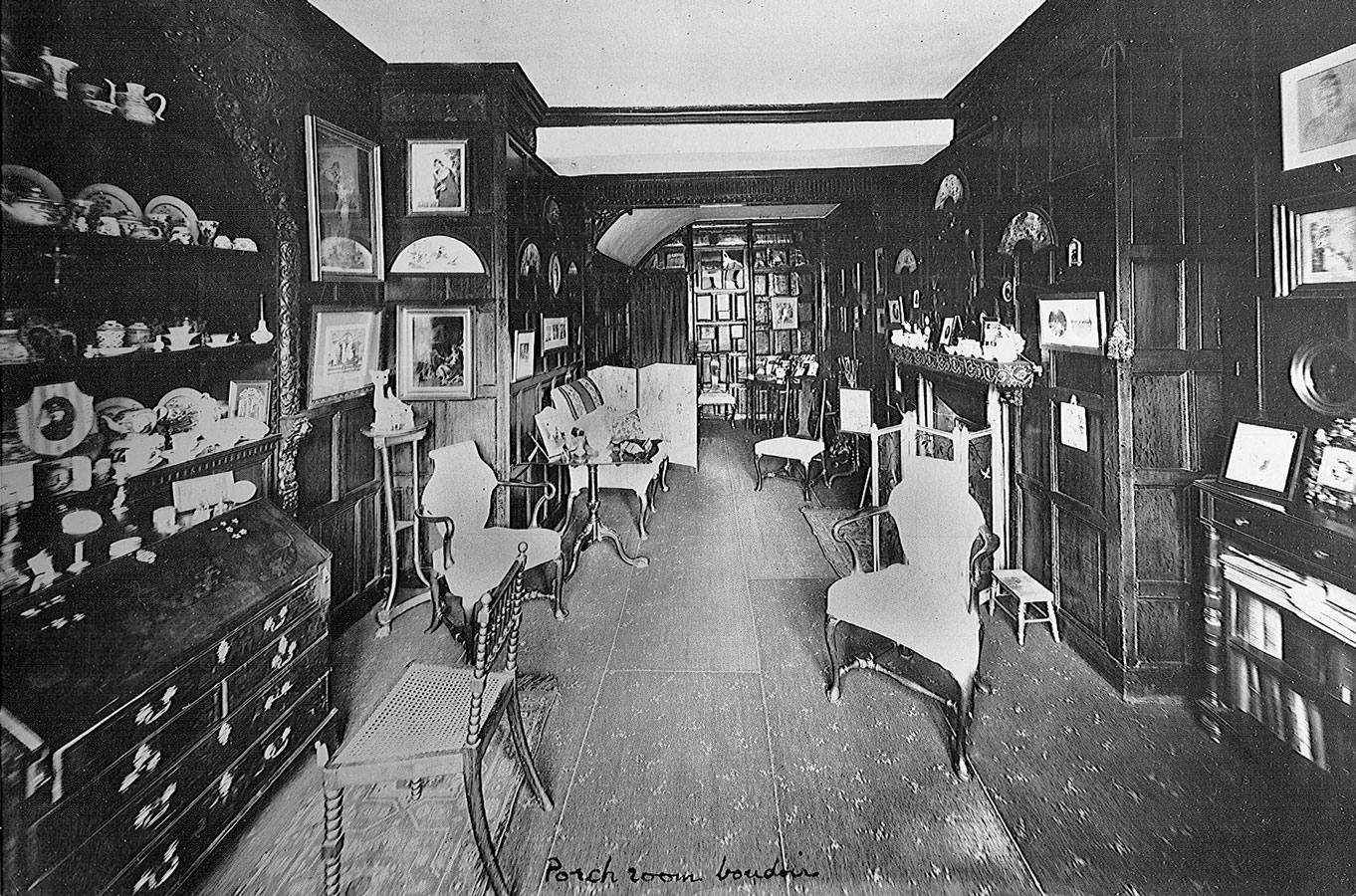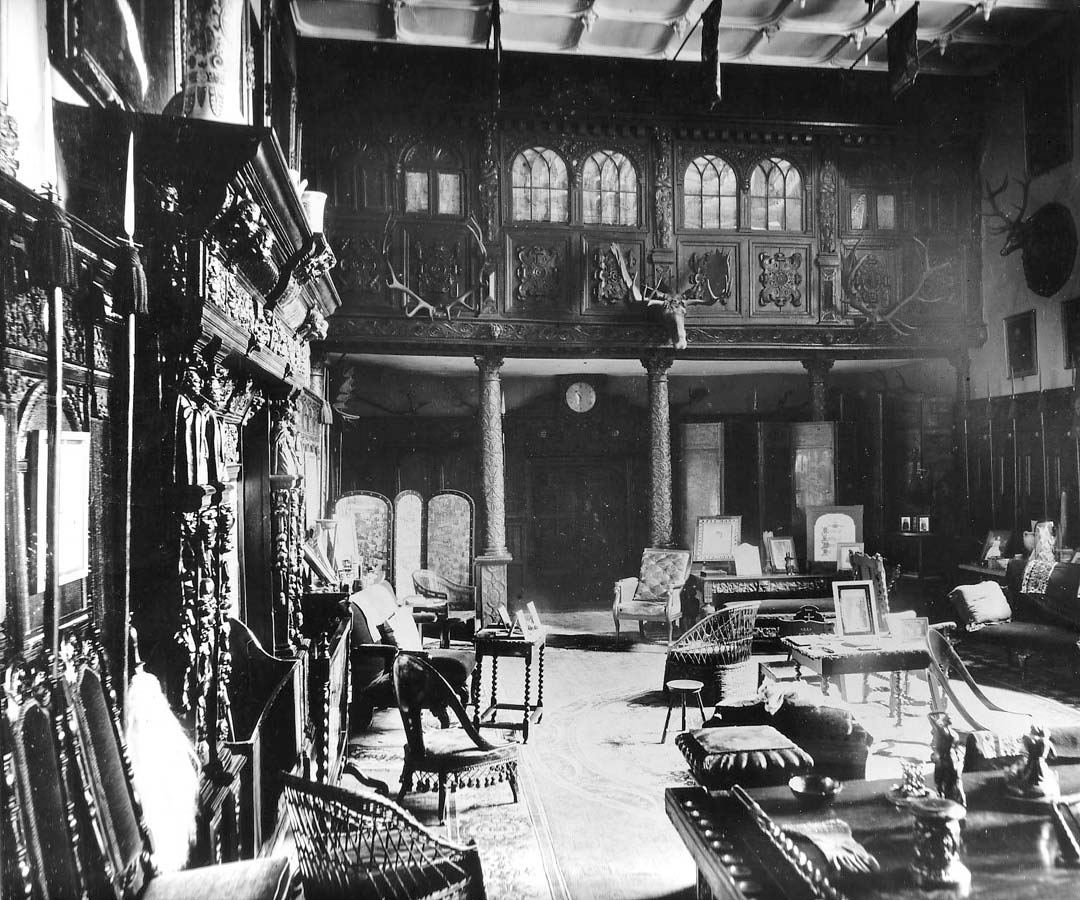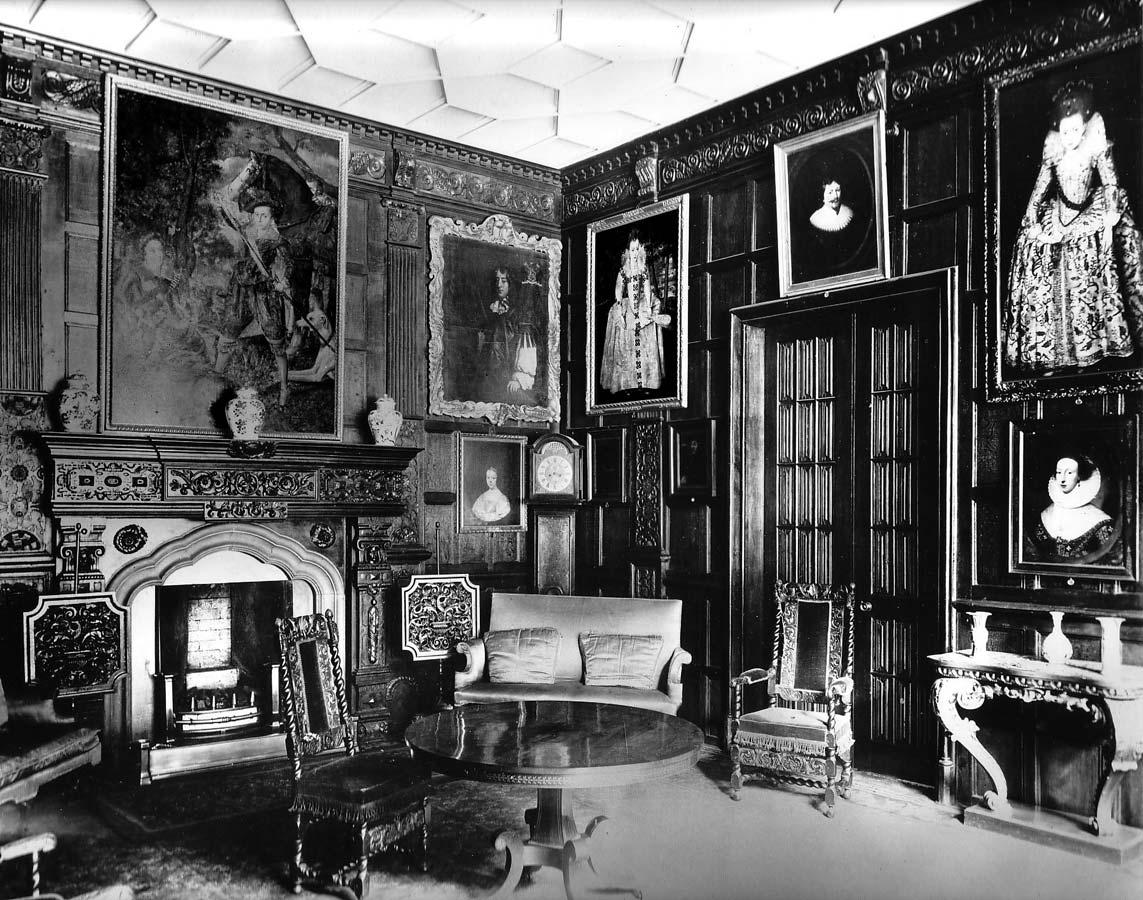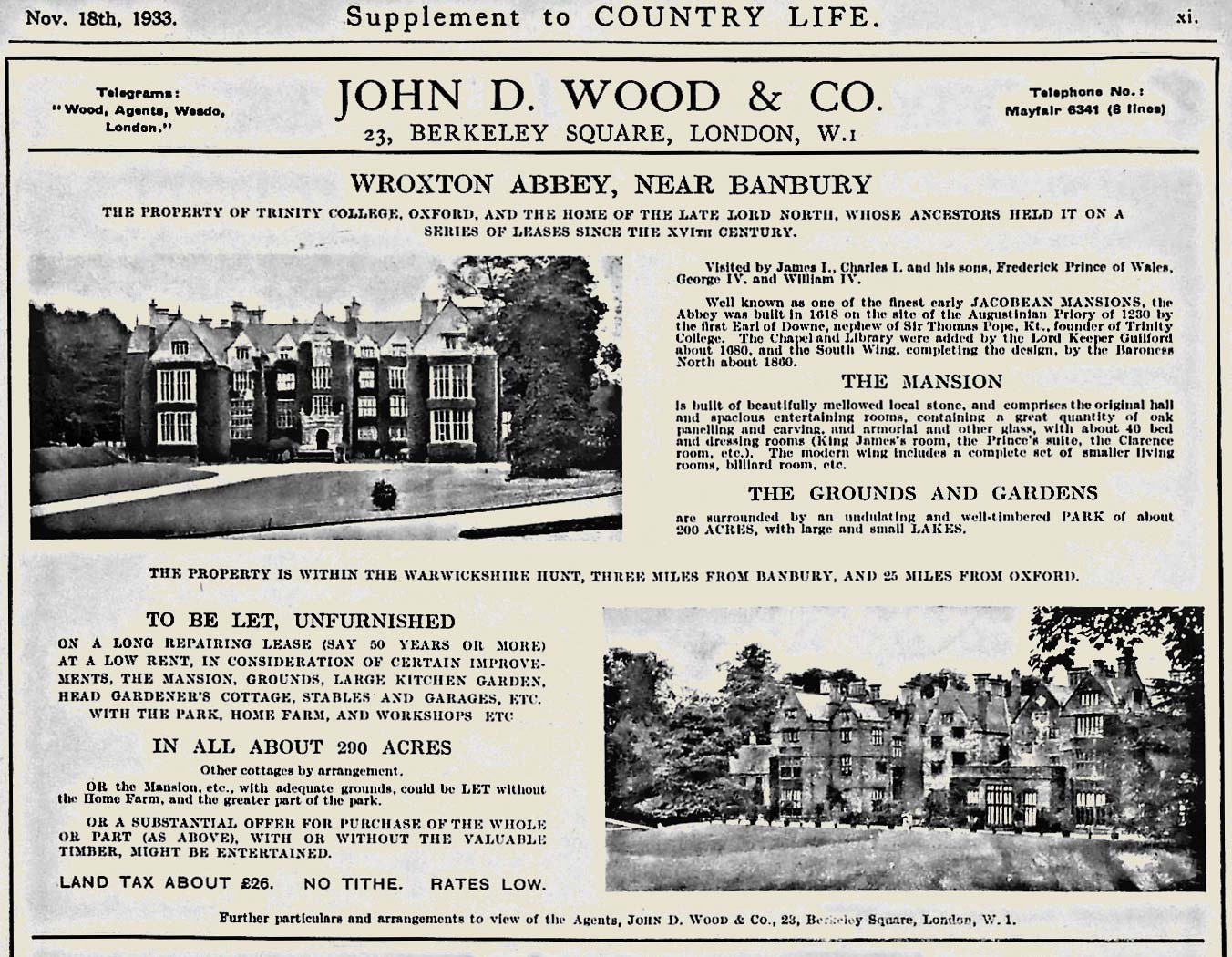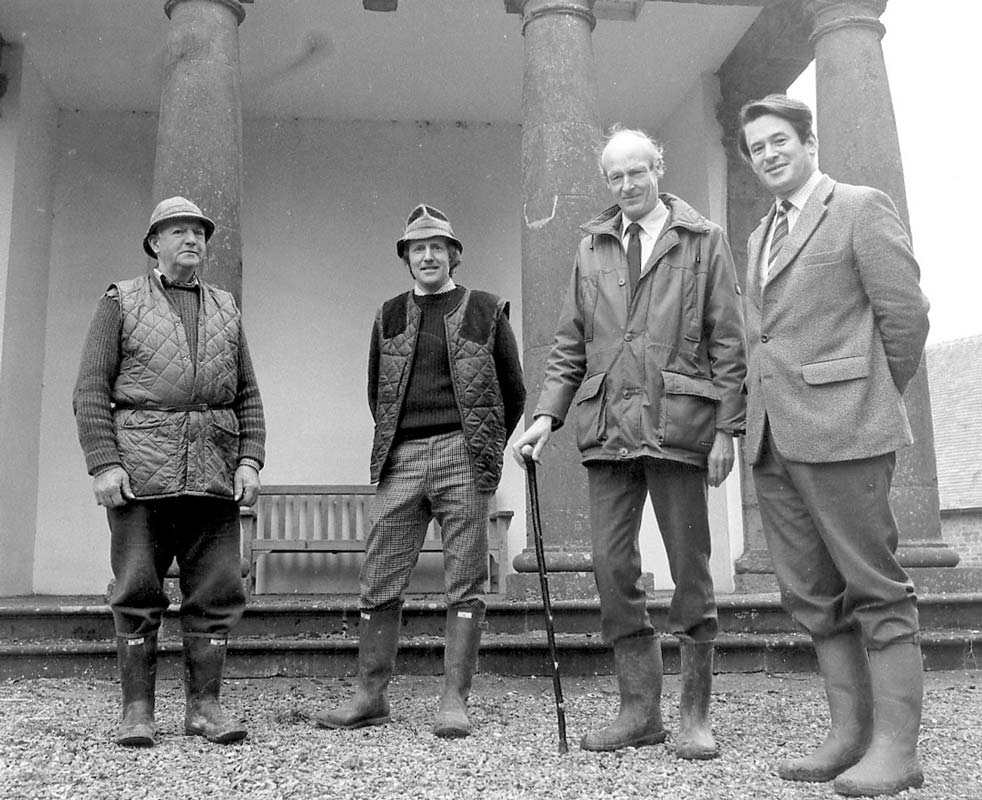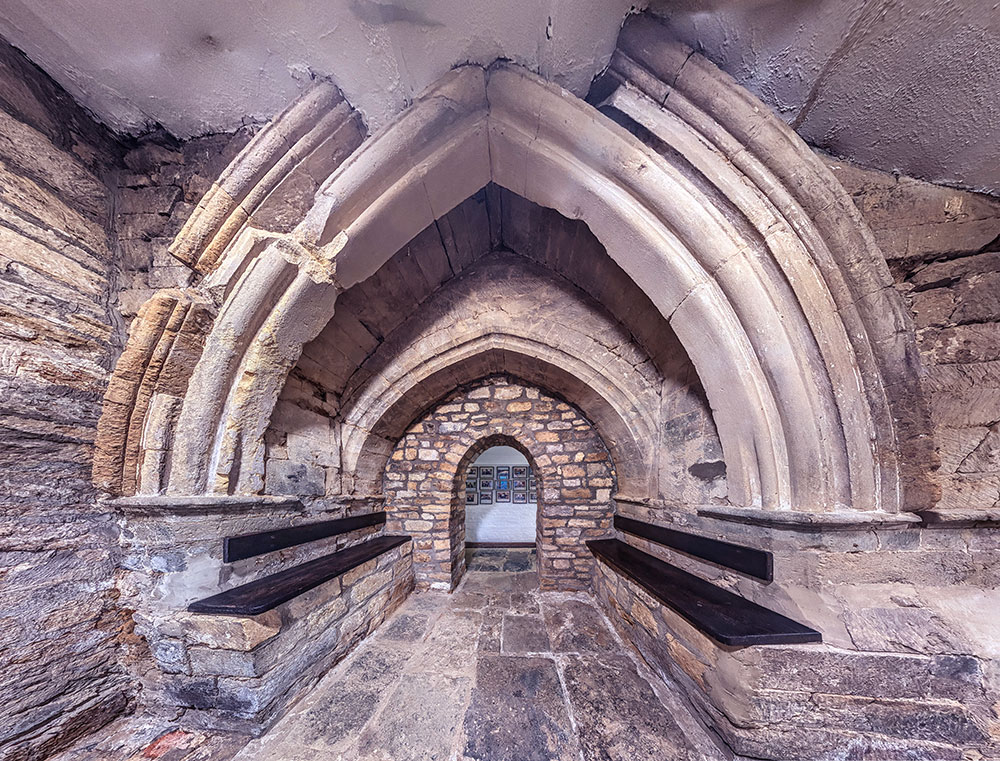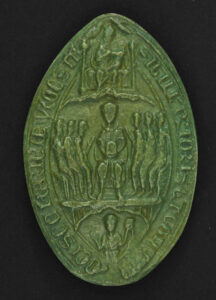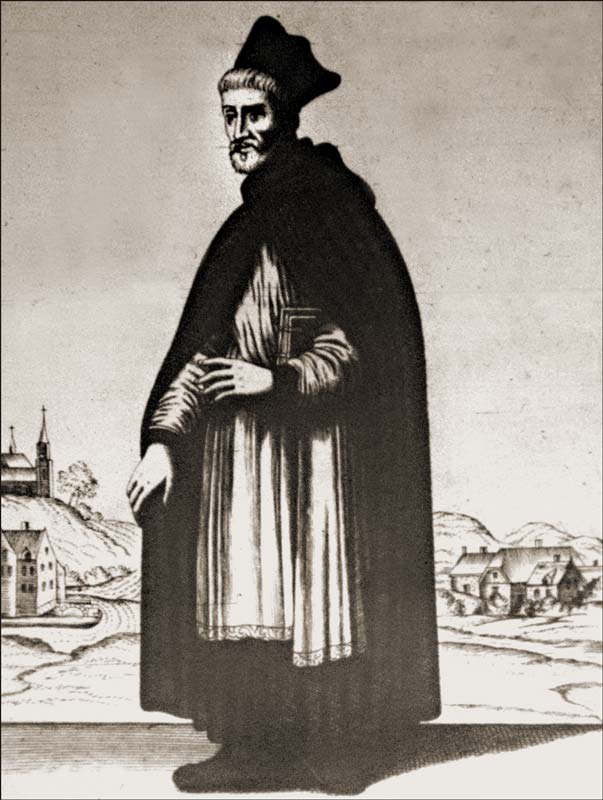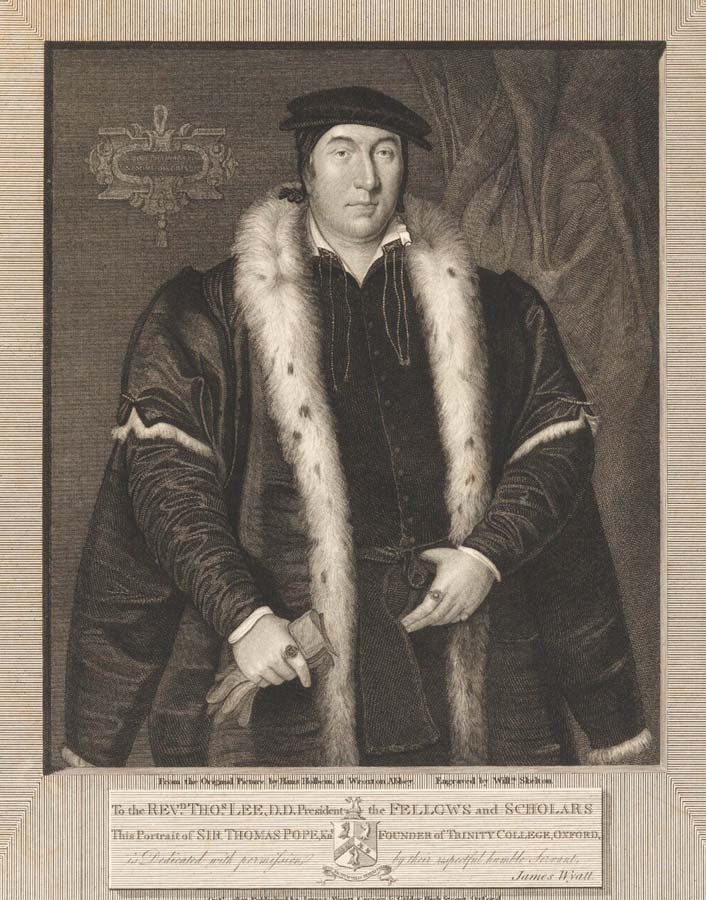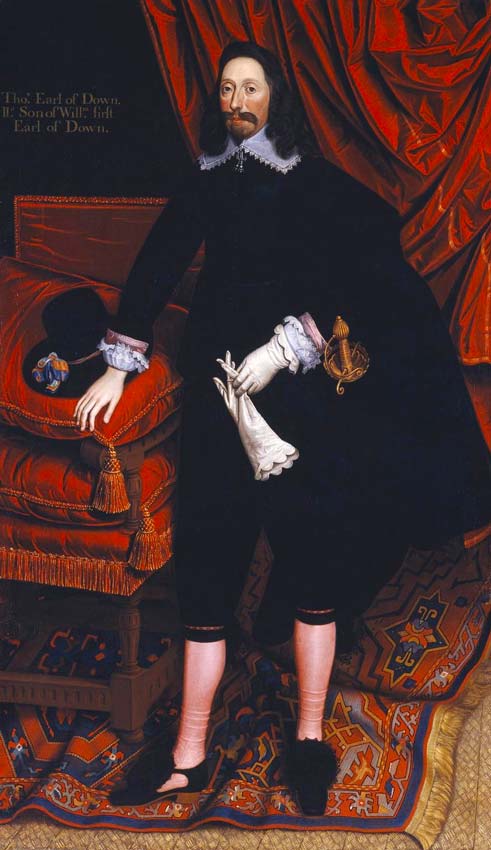The history of Wroxton Abbey covers some 800 years from medieval priory, through Jacobean mansion and family home, a warehouse during the Second World War, private apartments, and since 1963 a campus for visiting college students from the USA. Changes in use have aided its survival and each occupation has left its mark upon the Abbey’s architectural development.
To Henry James, Wroxton Abbey was part of the essence of England. He wrote: “Everything that in the material line can render life noble and charming has been gathered into it with a profusion which makes the whole place a monument of past opportunity.”
“But now I am going to tell you how delightful a day I passed at Wroxton.…we saw it more agreeable than you can conceive; roamed over the whole house, found every door open, saw not a creature, had an extreme good dinner, wine, fruit, coffee and tea in the library, were served by fairies, tumbled over the books, said one or two talismanic words, and the cascade played, and went home loaded with pine-apples and flowers.”
(Horace Walpole, 1753)
During the ownership by Oxford University’s Trinity College, the lease to Wroxton Abbey was held by the Lord Keeper to King Charles II and a Prime Minister to King George III. Distinguished visitors have included royalty (King James I, Charles I, George IV, William IV, and Frederick, Prince of Wales), writers (Celia Fiennes, Henry James, and—rather snarkily—Horace Walpole), statesmen (President Theodore Roosevelt and Prime Minister Harold Wilson), and many contemporary political leaders.
Wroxton Abbey History Gallery.
Double-click for full-screen view.
Wroxton Abbey History Gallery.
There was always a busy road through the village of Wroxton. For the Romans this road was the Salt Way, a route vital for the legionaries’ salt, passing through Wroxton along its way from the Worcestershire brine seeps. Centuries later it was still a busy thoroughfare; in 1391 the Prior of Wroxton complained that due to his obligation to give hospitality to all travelers, the road through Wroxton was making paupers at the Priory.
Wroxton parish, which includes the village of Balscote, sits on a sandstone plateau three miles west of Banbury. Its earliest spelling, Werochestan, may have been derived from “Buzzards’ Stone.” Its fertile soil would make possible much of the wealth of the area.
Most homes in the village date from the early 17th or 18th century. The cottages of honey-hued Hornton stone with their thatched roofs give the village an appeal of timeless beauty. This has been the case since Colonel North in the mid-1800’s ordered the pigsties and garbage piles removed from the village streets.
A few cottages still have their ancient stone-mullioned windows. Most homes were probably rebuilt after the disastrous fire of 1666. The records of that year speak of collections in other parishes to raise £50 to be distributed among the 18 villagers who were the “necessitated poor.”
The village pond was central to daily life, as few homes had their own source of water. Even the old bakehouse had no water supply; villagers described the baker, with his yoke and buckets, struggling up from the pond’s well. Others drew their pond water with a barrel and a horse cart.
On the site of what is now the village green the old village school once stood. It was closed and demolished when the new school at the end of the village was opened in 1962. In 1837 its sole teacher was paid £15 yearly, until an inspection determined her pupils were not learning, and her salary was reduced.
Beginning in 1782, Wroxton revelry was centered around the White Horse pub. Later, in 1850, the North Arms became licensed. The Village Club formerly met each year near the pond for a festival of dancing and games, accompanied by much food and drink. Now each summer the Village Fete takes place.
From the 13th century on, village life was dominated by the Augustinian priory located in a park-like setting on its southern edge. Wroxton Priory brought the villagers into contact with the larger world and brought them other benefits as well. For example, on Maundy Thursday bread and fish were dispensed to the poor. And upon the death of the founder, 14 local paupers were given a total of £5 16s.
Wroxton is one of the 13,418 places listed in the 1086 Domesday Book, ordered by William the Conqueror as the first modern assessment for taxation.
In 1089 Guy de Reinbeudcurt, the Lord of Chipping Warden, was the owner of the Wroxton manor lands. By 1120 the estate, now taxed at the rate of 17 hides, passed to his young son Richard. Upon his death the estate passed to his daughter Margery and her husband Robert Foloit.
In 1173, when Robert became a monk, his son Richard inherited the property. The Wroxton property, along with the entire barony of Chipping Warden, was inherited by Wishard Ledet in 1203 when he married Richard’s daughter Margaret. Wishard’s daughter Christine then held the estate until she died a very old woman in 1271.
Her great granddaughter Christine took the Wroxton part of the Chipping Warden estate and married Sir John Latimer. At this point history loses sight of the Wroxton ownership. What is known, however, is that during the early part of the 12th century, members of the Belet family were tenants at the Wroxton manor property. Harvey was the first of the Belets to hold the tenancy. His son Michael was the hereditary butler to King Henry II. The estate, and the office of Royal Butler, passed to his son Master Michael Belet, a lawyer who had become a friend of Grostête (Greathead), the Bishop of Lincoln.
Sometime between 1200 and 1209 Master Michael Belet was granted a charter by King John for the foundation of a priory at Wroxton in honor of St. Mary. The charter was ratified by Henry III in 1251 after an inspection proved that terms of the charter had been fulfilled. Belet would later officiate as the King’s Butler at Henry’s wedding with Eleanor of Provence.
The institution he established, The Priory of Canons Regular of St. Augustine, continued in existence until 1536, when Henry VIII dissolved the monasteries.
Belet endowed the Priory with his Wroxton manor house, demesne, and other properties, valued at £78 l3s 4d. He was prior and vicar of Wroxton.
The deed of foundation indicated that it was the Belets’ Chantry House, a chapel endowed for the singing of masses for the founder after his death. The prior was permitted at least twelve canons and was given free administration of Wroxton.
The priory buildings, which must have dated from the early 13th century, were modified at least once after an inventory of 1218. In 1304 they were reported out of repair and financial assistance was sought from visitors. The prior asked for the granting of three years’ indulgence to visitors who would assist them.
While the priory buildings were being modified, the demesne was expanded by a number of land purchases. When the priory was dissolved in 1536, it had twenty tenants and held almost all the lands in the parish of Wroxton and Balscote.
The last prior, Thomas Smith, along with eight other monks of Wroxton, pledged to the king’s supremacy on the 6th of August of 1531. It was to be of no avail, however, as in the following year, all monasteries of the size of Wroxton were given to the King.
In an account of the dissolution of the Wroxton priory, all possessions of the community were listed. Soon after, the property was leased to William Raynesford of Wroxton by Henry VIII’s Court of Augmentations. The Treasurer of this Court was Sir Thomas Pope, a person of great influence during the latter part of Henry VIII’s reign. He was also guardian to the Princess Elizabeth and later a favorite at the court of Queen Mary.
On the 16th of August in 1537 Raynesford sold the Wroxton property to Sir Thomas, who then persuaded the Crown to return to him the Wroxton lands which had been seized. The sales document lists the property transferred.
Sir Thomas never lived at Wroxton. In 1551 he gave his brother John a 99-year lease and promised to eventually leave him the property. However, in 1556 Sir Thomas changed his mind and instead bestowed the Wroxton and Balscote estates on Trinity College, Oxford, which he had founded. A funerary memorial to Thomas Pope and his wife is to be found there today. But he may have felt remorse at the promise not kept to his brother, who had by then been living in the old Abbey house for some time. His gift to Trinity was conditional upon the rights of the male heirs of John Pope to inhabit the estate, for a token sum, for as long as they choose. The arrangement would continue for nearly 400 years.
The Early 17th Century
The ancient Wroxton Priory buildings were lost to a fire during the reign of James I.
John Pope’s son Sir William Pope, later to be Earl of Downe, spent £6,000 to erect the main part of today’s Wroxton Abbey on the site. Although the exact construction dates are unknown, it is thought that work began c. 1580 and may have been completed by c. 1618. The mansion was built in the symmetrical form of the letter E, in keeping with Elizabethan architectural taste. His house survives today as the center section of the present building.
Incorporated into the basement of the early 17th century house are a 13th century arch and a 14th century molded doorway which may be the remains of the priory cloister. Excavations in 1956 and 1964 to the north and east of the house uncovered stone conduits and foundations of other monastic outbuildings. The original abbey church is believed to have been to the north side of the present building.
William Pope became a Knight of the Order of the Bath in 1603 and was created baronet in 1611. The date 1618 appears on the mount of the elk antlers in the Great Hall and on the 19th century Chapel door. “11 November 1629” is carved in stone on the south-west comer of the main porch. These dates, however, were likely inscribed much later.
In 1665 the house was assessed for tax on its thirty-four hearths.
When Sir William died in 1631, preceded in death by his eldest son, the title went to his eight-year-old grandson Thomas. He became Sir Thomas Pope, the 2nd Earl of Downe. However, in a confusing scenario of blue-blood intrigue, the young Sir Thomas had his Wroxton properties seized by the younger son of Sir William who was also named Thomas. The older Thomas was later to be knighted while the younger man got into debt and was even forced to leave the country. When he died in 1660, his usurper uncle inherited the title and became the 3rd Earl of Downe.
According to local lore, the evening before the October 23, 1642, Battle of Edgehill between the Royalist forces of King Charles and the Parliamentary forces of the Earl of Essex, the King dined with Sir Thomas Pope at the Abbey before leading his army of 14,500 into the first battle of the English Civil War.
In 1842, workmen removing paneling below a staircase found, hidden beneath a piece of iron, a letter of protection signed by Charles I. It was a proclamation to his royalist forces ordering them to protect Sir Thomas Pope, signed at his court at Reading, dated November 5th, 1642.


